After visits to Panglao and Dauis towns on Panglao Island, it was now time to go back to the main island of Bohol. Our next stop was the town of Loay, just two towns after Baclayon, also on the southern coast of the island. And if some of us were underwhelmed by the Cloma Ancestral House earlier, we hope to remedy that by a visit to this:
This is the Clarin House, which is said to date from 1840. This makes it an exact contemporary of the Constantino House in Balagtas, Bulacan, which, with the exception of the roof, it reminds one of. It even more closely resembles the Vega House just across the water in Balingasag, Misamis Oriental, right down to the thatched roof (but without those unique atlantes), confirming that the latter is also an early 19th century structure.
The Clarins were a prolific political family in Bohol, providing provincial governors and senators in the early years of the American colonial period, and mayors and congressional representatives in subsequent generations. Today, their venerable ancestral house is a listed heritage structure.
The ground floor of the house, originally a zaguan likely used for storing agricultural produce, is now called “Café Olegario”, after a prominent family member who was a senator in the First Philippine Congress in the early post-war independence period.
The entrance on the left leads up to the main residential floor, the one on the right to the ex-zaguan, now Café.
We enter the Café first, which appears to be set for a formal meeting of sorts.
There are even arrangements for a video presentation.
The place is obviously ready for a variety of uses, from small meetings to meals
or just lounging around on this ambassador sala set.
On one wall hangs a large Venetian-style mirror.
Interestingly, it is inscribed (complete with cheesy interlocking hearts) “In Holy Matrimony of Senator Olegario B. Clarin with Miss Zoila G. Lim, January 20, 1949.”
The story is that the then 58-year old widower, still reportedly youthful-looking and handsome, arranged to elope with the 22-year-old ex-beauty queen and convent-bred girl, with the assistance of the Senator’s mother-in-law by his first marriage (!) and various other relatives, without arousing the least suspicion amongst the young lady’s conservative Chinese-Filipino parents and the nuns of the Loay school that she was then attending. How’s that for some Boholano audacity?
Going back outside, we take the entrance on the left this time, and go up the single-flight staircase.
Above it is a small image of Christ the King in an urna, blessing everyone who ascends or descends.
The staircase leads directly to a large well-appointed living room that looks out to the front of the house, with wide floor planks alternating in light (molave) and dark (balayong) shades, and with furniture of various periods and styles, including a set of four lounging chairs around a marble-topped table,
a pair of tall-backed throne-like armchairs,
two low-backed armchairs ready for board game enthusiasts,
and a pair of very welcoming rocking chairs.
There was also a set of free-standing wooden shelves to hold various family memorabilia and souvenirs,
and a wider-than-usual hall tree with mirror for receiving guests’ hats and canes and allowing departing residents to touch up their make-up and coiffure.
Right next to the living room and also looking out to the front of the house, on the extreme left-hand corner of the façade, is the spacious master bedroom, furnished with a large half-canopied double bed.
Beside this is a long-armed lounging chair, with chamber pot conveniently on hand.
In one corner is a gargantuan dresser mirror in Art Nouveau style, nearly reaching the ceiling.
This pink-walled master bedroom is so large that there is space for a second double bed,
as well as another lounging chair. And the seeming obligatory chamber pot.
Set in the floor of this master bedroom is an escape hatch to the zaguan below, presumably to facilitate flight from invading pirates (the sea is just a few meters away) or potentially violent robbers.
The entire space is lit by this sole Art Deco light fixture from above.
Right beside the master bedroom and adjoining it towards the back of the house is a second bedroom, nearly as large, and with not one,
not two,
but three antique beds.
There are also not just one
but two antique aparadors,
and a round-mirrored dresser, curiously inscribed “Loay Elementary School Teachers.” (Did politicians routinely receive such gifts of furniture from humble civil servants in the past?)
This second bedroom is also the location of the well-stocked family altar, with the Three Wise Men from an antique Nativity set in the foreground,
and on top of a wide three-drawer altar table, a beautiful neoclassical urna,
holding an antique Holy Family tableau in ivory,
and a second neoclassical urna even wider than the first,
containing a Holy Child as well as various other small ivory images.
This second bedroom has a rear passageway that leads to the back of the house,
past this small airwell,
that receives rain and sunshine for the plants below.
This leads to a series of other rooms, including a library-home office, furnished with the senator’s own desk,
an older writing table,
a marble-topped table,
and barrister bookcases to hold the senator’s law books and other papers.
Walking past this early 19th-century-style set of double doors,
leads one to the dining room,
containing my, unsurprisingly, favorite piece in the entire house, a six-segment fourteen-seater magic table,
unfortunately now needing some repair and refurbishing,
but still with most of its set of chairs on hand.
In one corner of the dining room is a free-standing set of shelves that is a pair to the one we saw in the living room earlier,
And against the walls on either end are a large platera or plate display cabinet,
and a similarly-large three-bay lansena or sideboard.
Beside the platera is now a small serving table where, based on the outline on the wall, another cabinet must have originally stood.
This dining room is airy and well-ventilated,
thanks to this banggera or open-air dish-drying space.
We exit the dining room and walk past this set of closed double doors, likely leading to another bedroom not open to the public,
and descend the same main staircase that we used earlier and go out to the street outside, to make our way to our next stop.
Originally published on 22 May 2011. All text and photos copyright ©2011 Leo D Cloma. The moral right of Leo D Cloma to be identified as the author of this work has been asserted.
Original comments:
arcastro57 wrote on May 23, '11
I wouldn't mind living in this house, thatched roof and all. rally65 wrote on May 24, '11
arcastro57 said
I wouldn't mind living in this house, thatched roof and all..
Bohol still has an abundant supply of thatch for roofing and other parts of houses -- I recall seeing plenty of roadside sellers in this and neighboring towns.
|
johnada wrote on Jun 2, '11
Bohol supplies thatch roofing materials to Cebu though they are not as tightly woven as the ones from Cebu itself. One afternoon, I was with my cousin visiting his relatives in Maribojoc and I watched them weave the nipa on a rainy afternoon. At 0.5 cents per piece.
|
rally65 wrote on Jun 2, '11
johnada said
Bohol supplies thatch roofing materials to Cebu though they are not as tightly woven as the ones from Cebu itself. One afternoon, I was with my cousin visiting his relatives in Maribojoc and I watched them weave the nipa on a rainy afternoon. At 0.5 cents per piece.
It's so remarkable (to a Luzonian like me) that such traditional house construction materials are still produced on a fairly large scale in other parts of the country and not just on a marginal basis.
|
gingmaganda wrote on Jun 4, '11
thanks for this... this is very interesting!
|
rally65 wrote on Jun 4, '11
gingmaganda said
thanks for this... this is very interesting!
Thanks for the visit and the appreciation.
|
candygourlay wrote on Aug 9, '11
hi there - i found your beautiful photos when i was looking for an image of a typical pinoy banggerahan - thanks so much for sharing them. may i ask permission to use your banggera image as a background in a short video i'm making telling a filipino legend? i will credit it fully of course! looking forward to your kind reply on http://www.candygourlay.com/contact/
|
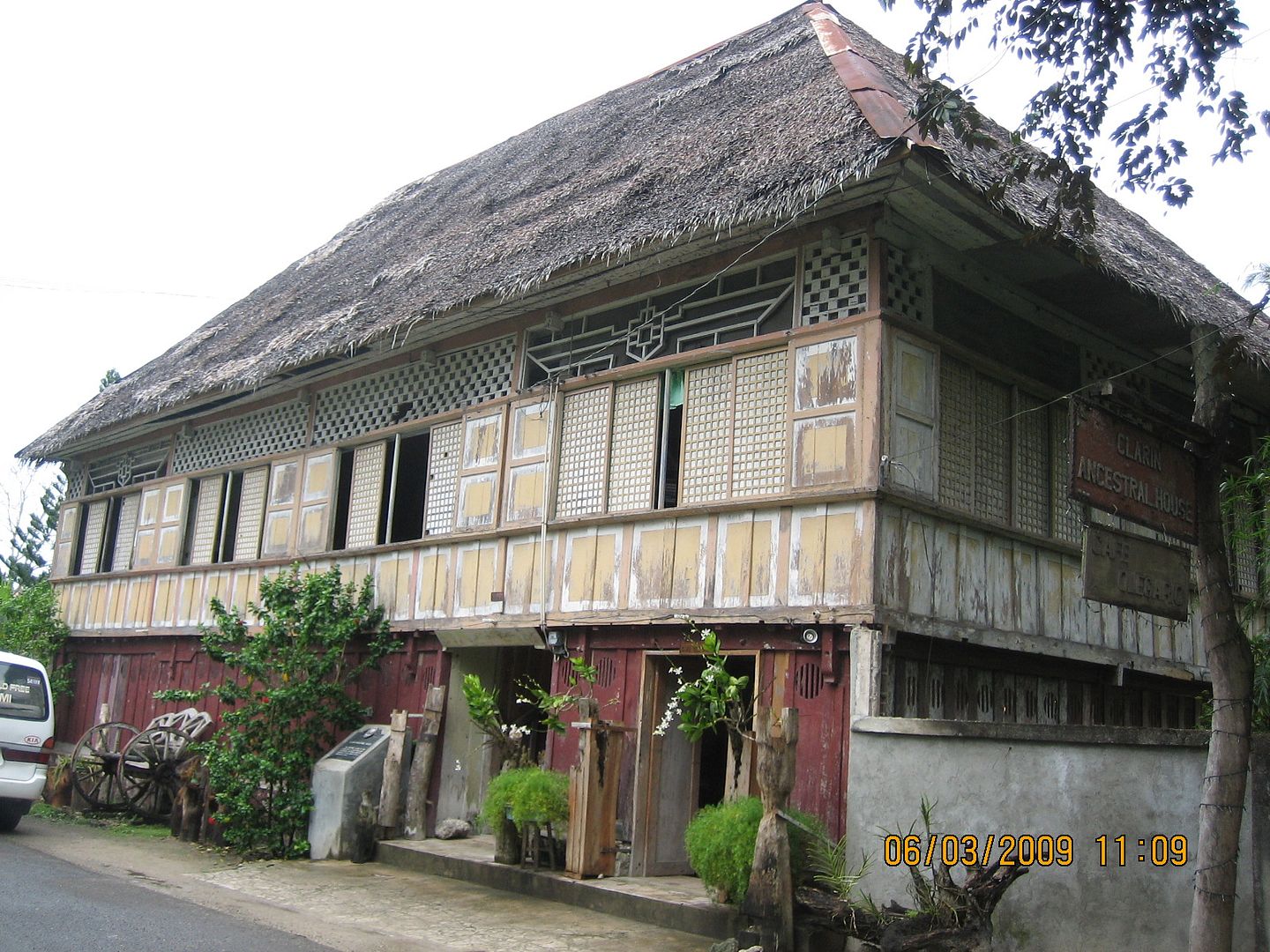
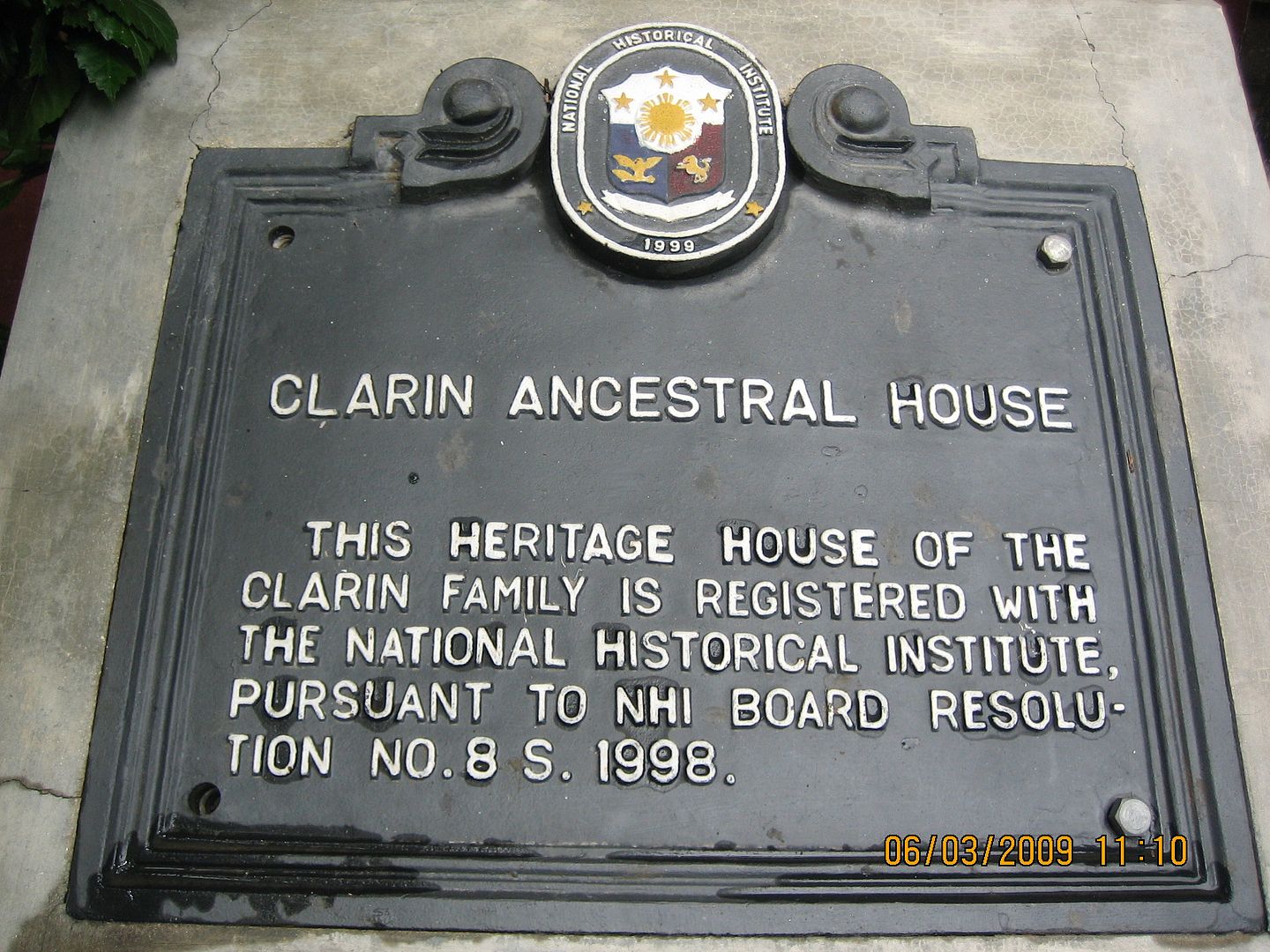
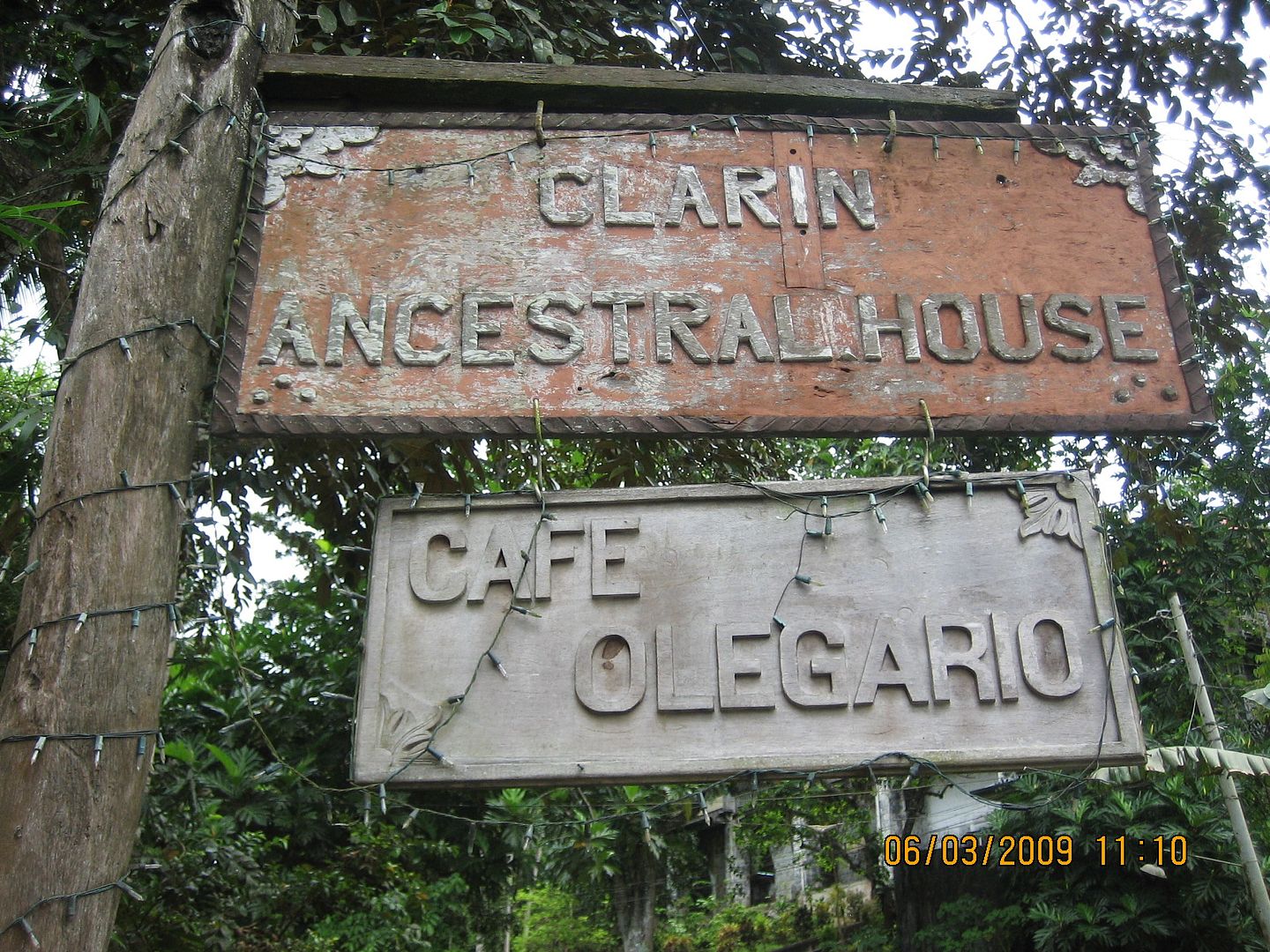
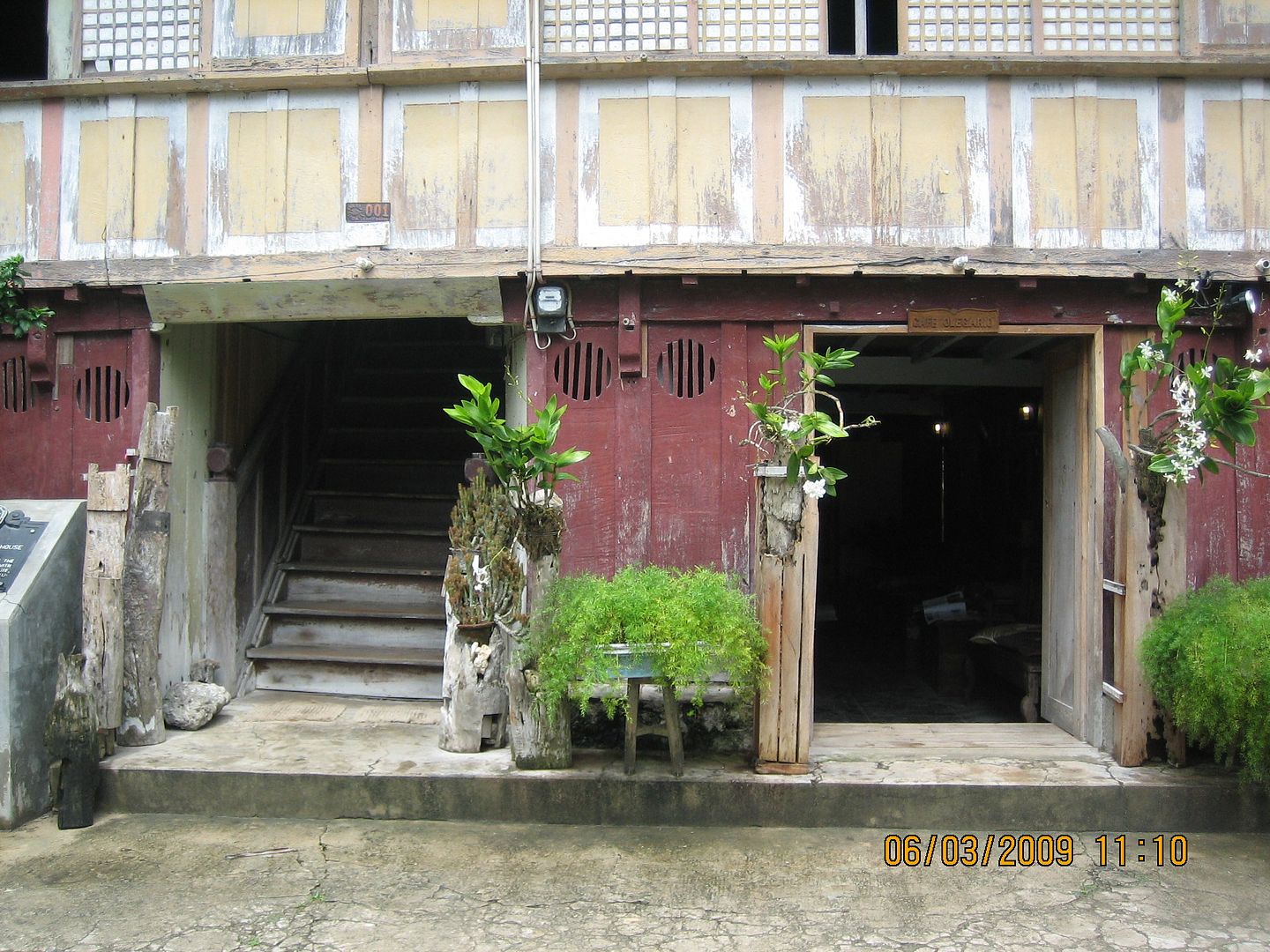
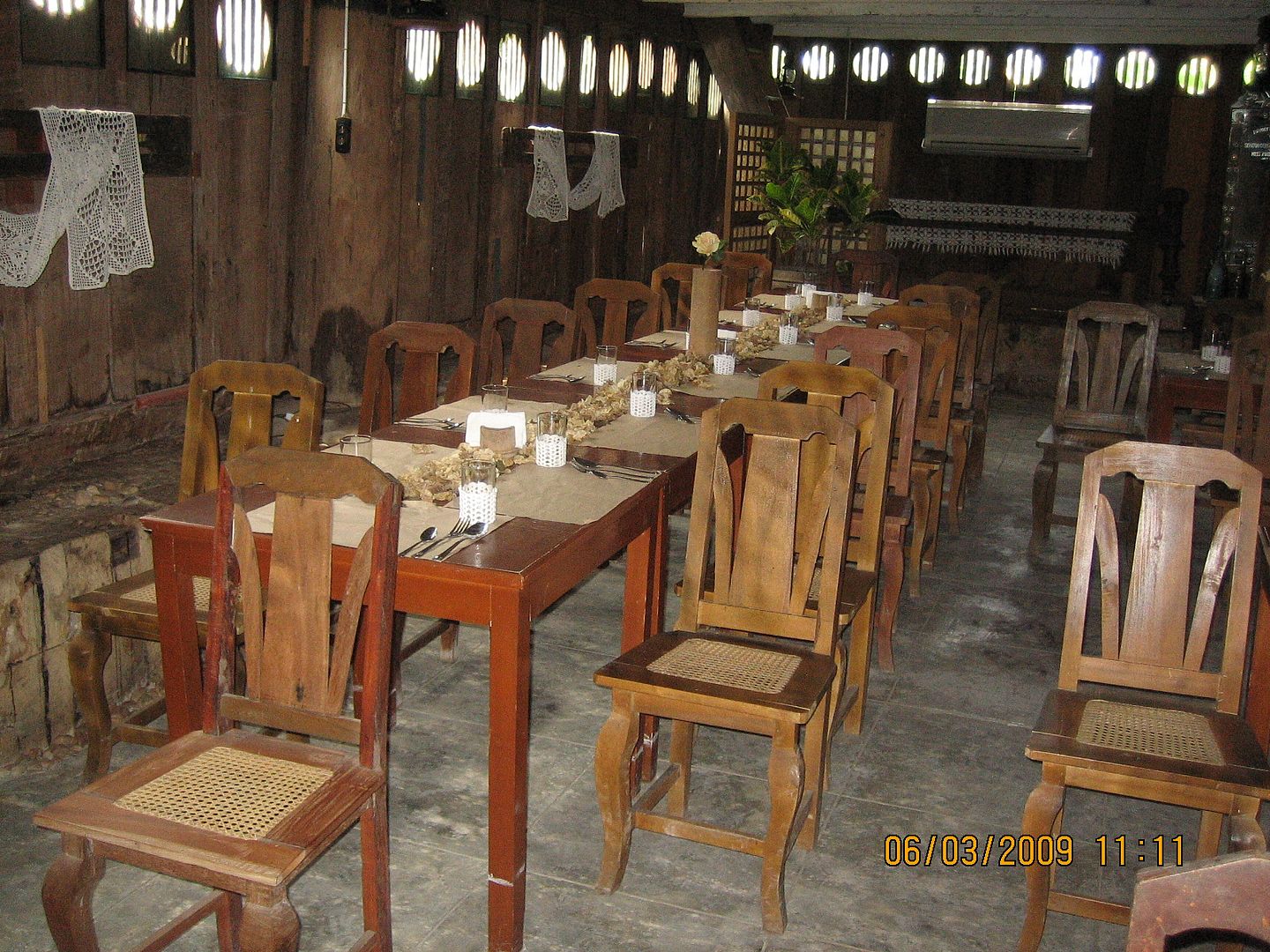
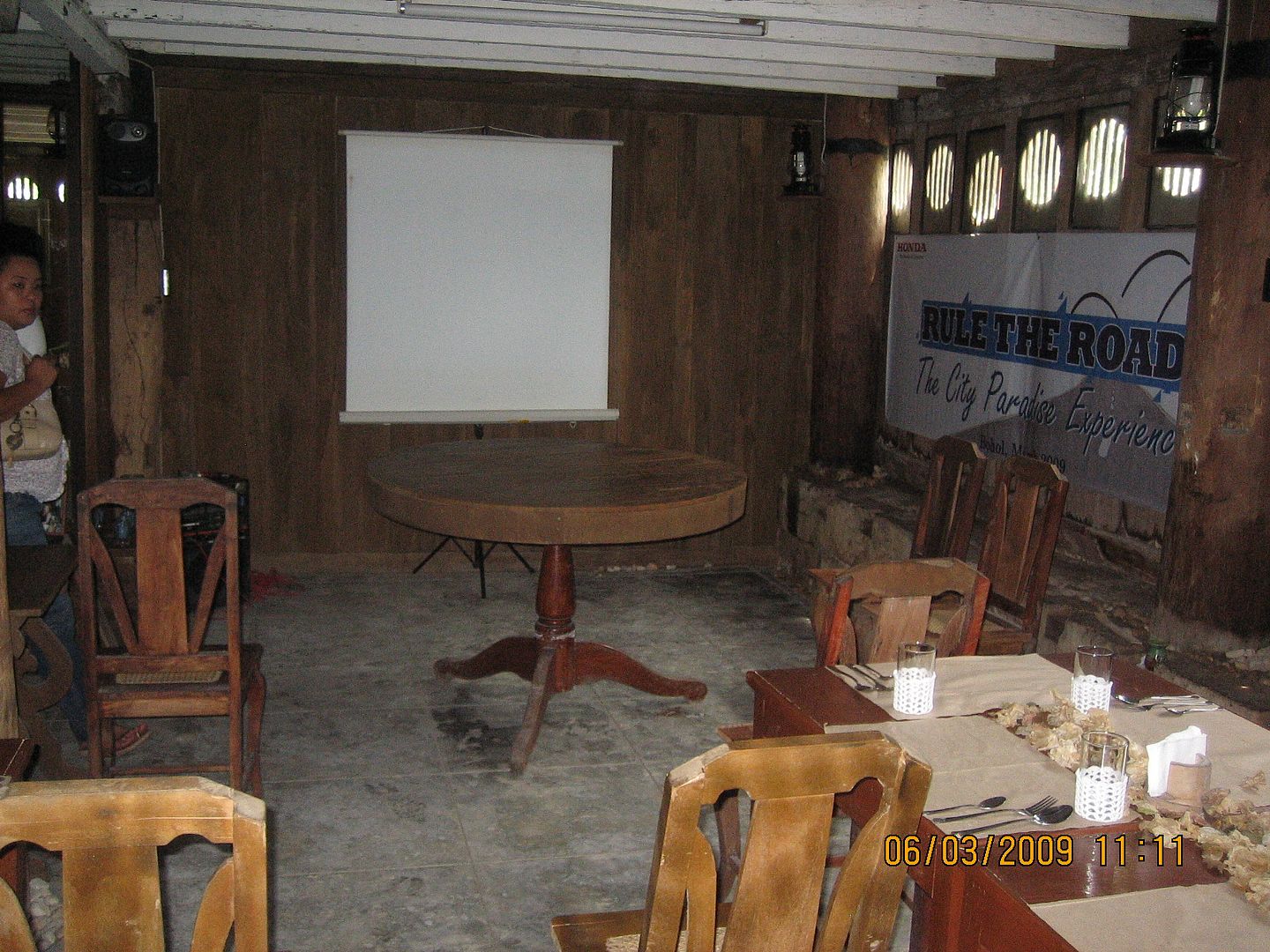

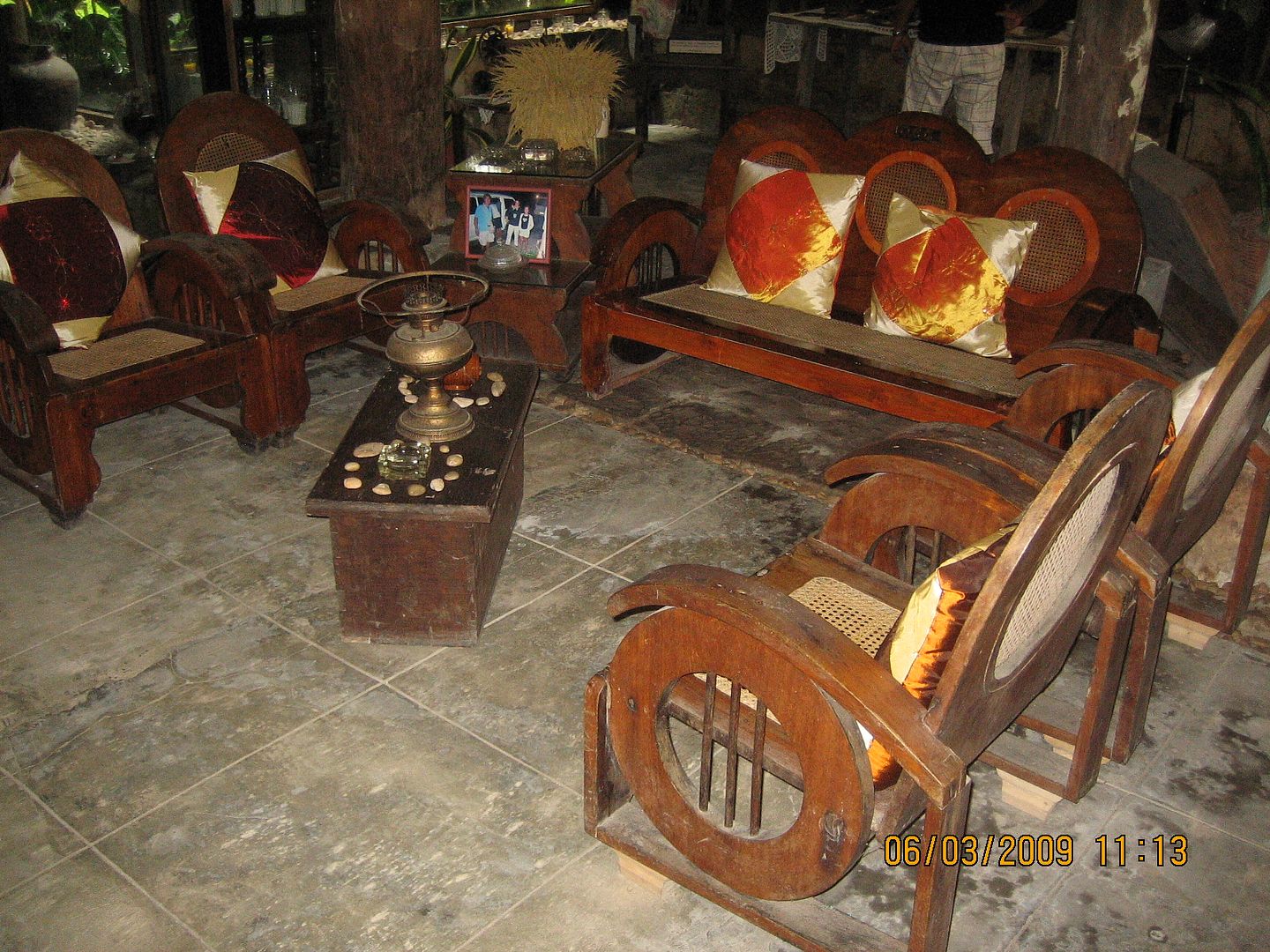
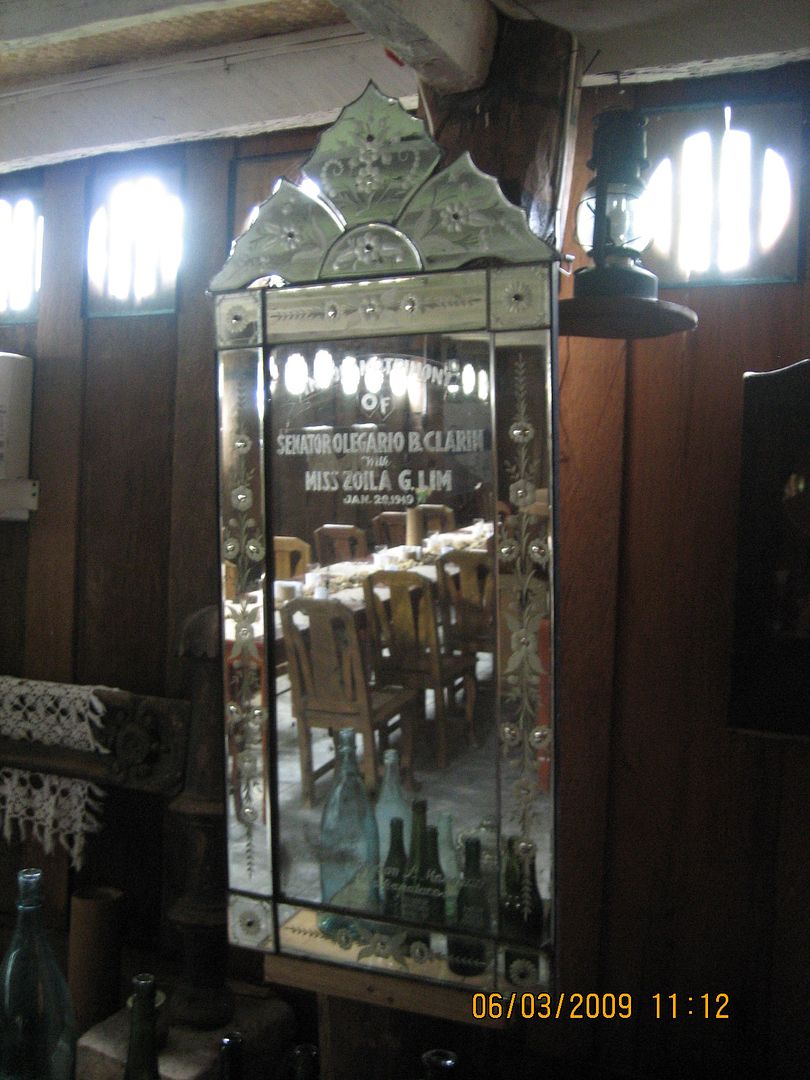
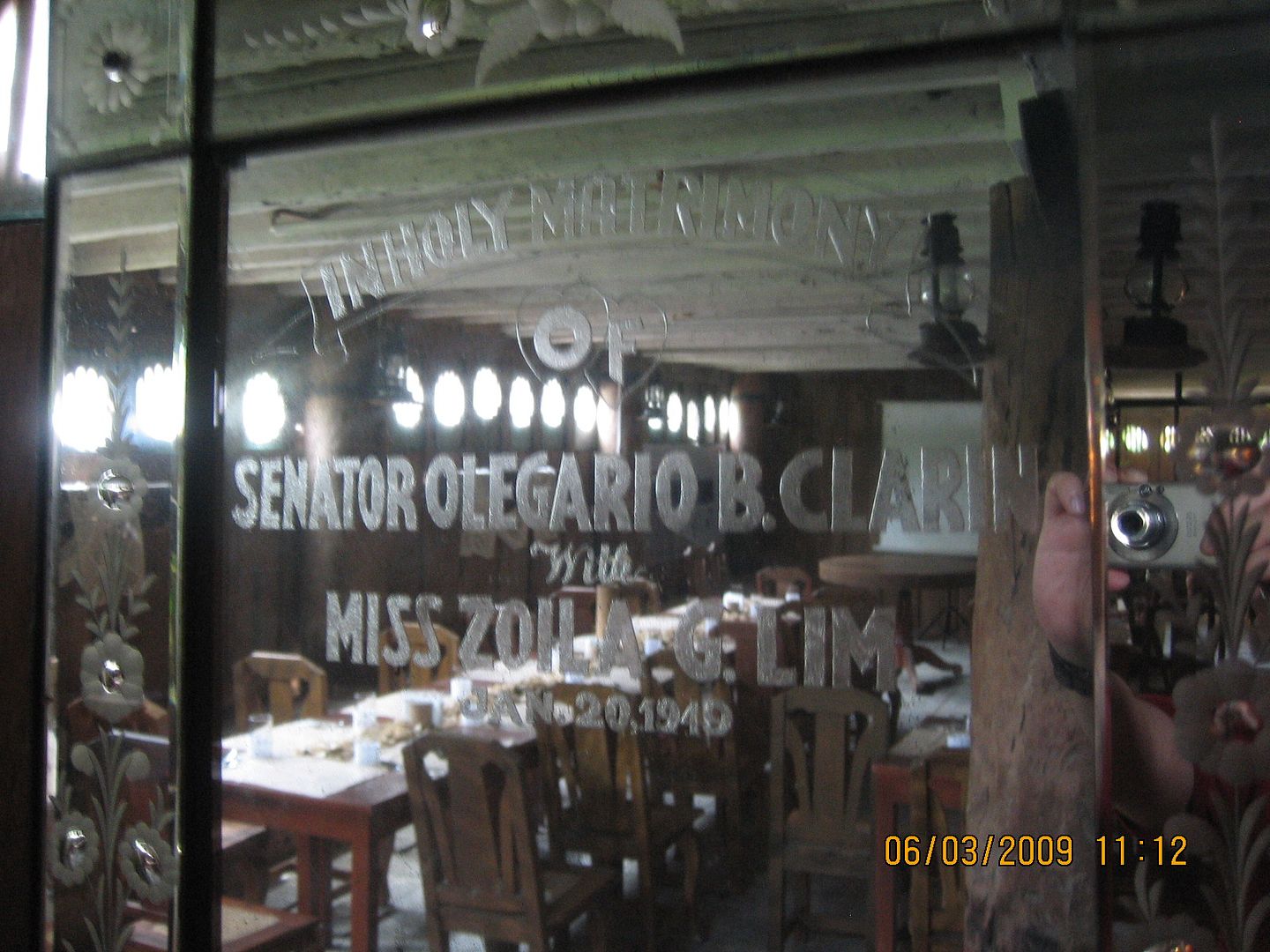
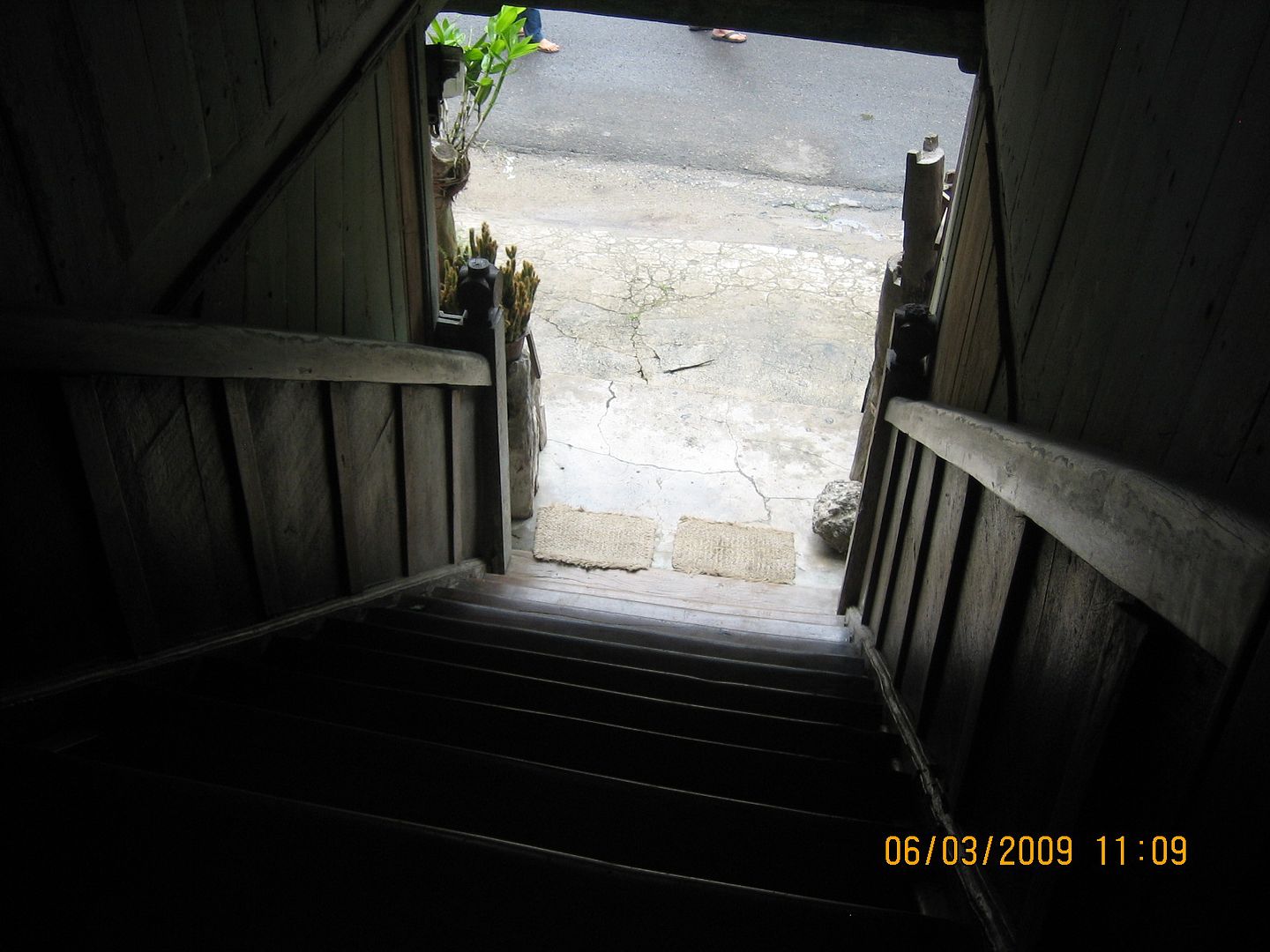
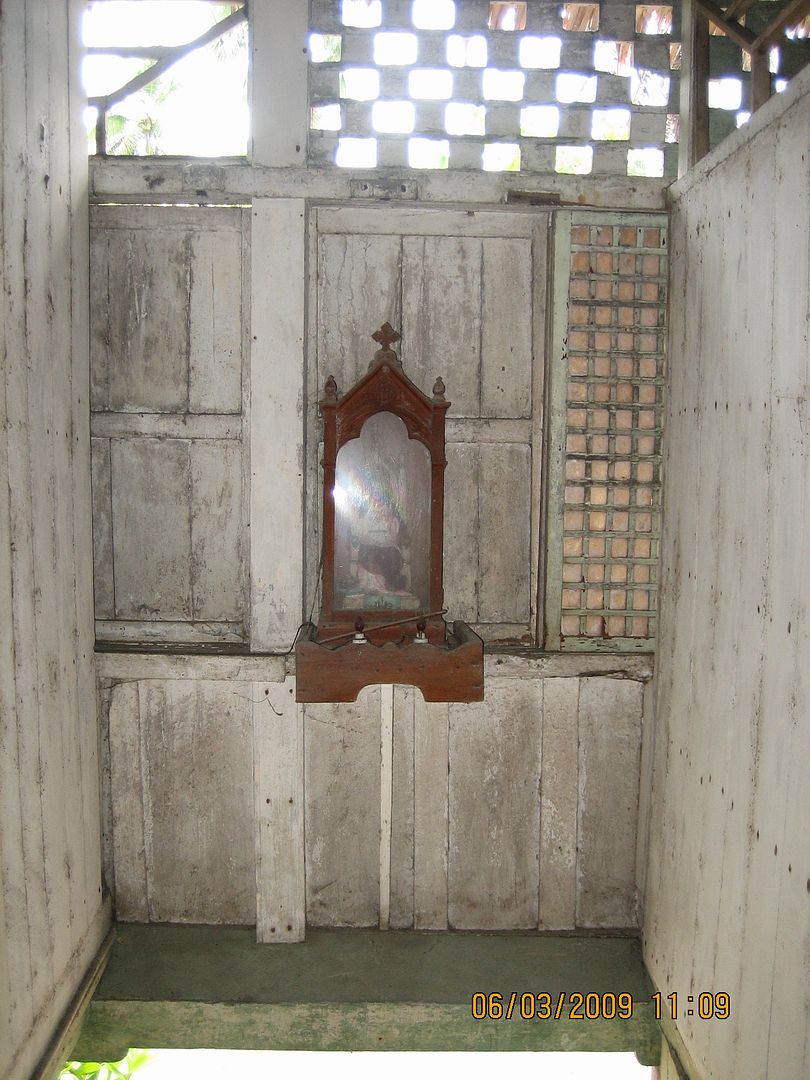
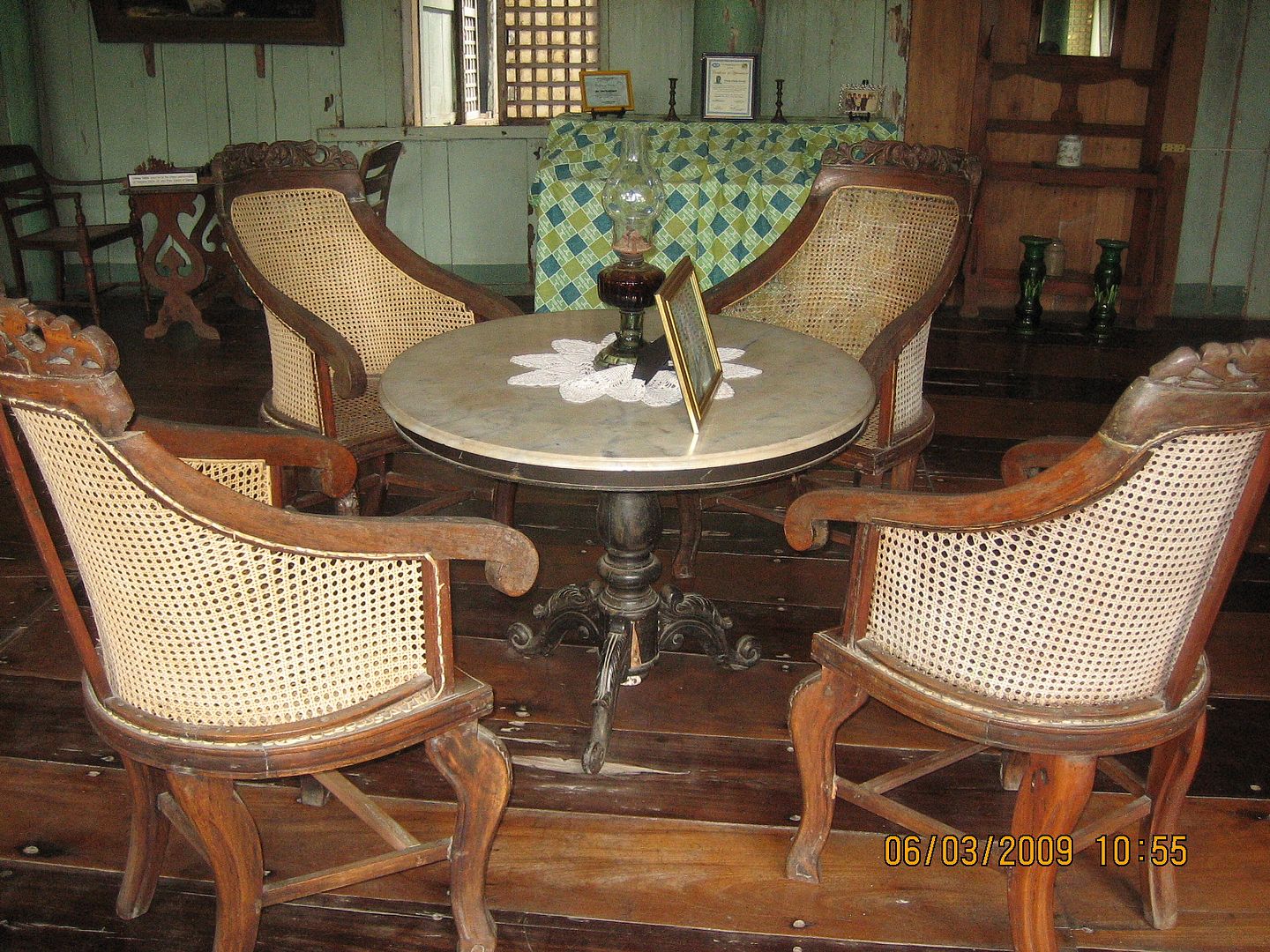



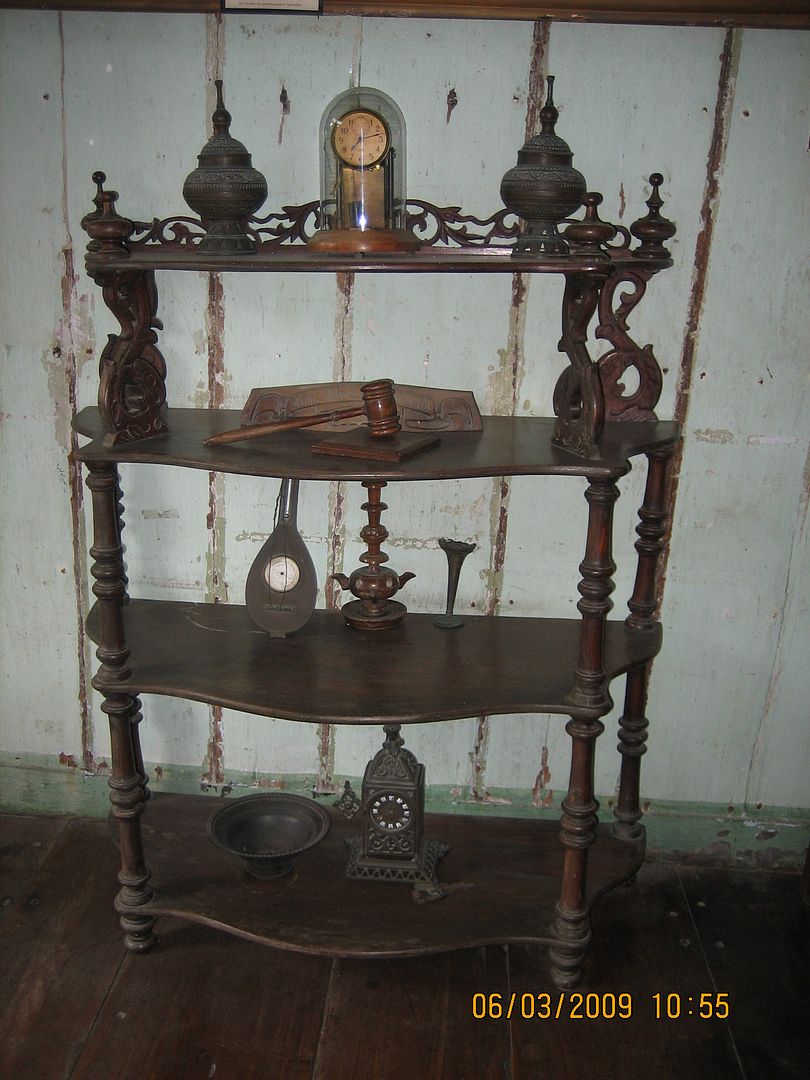
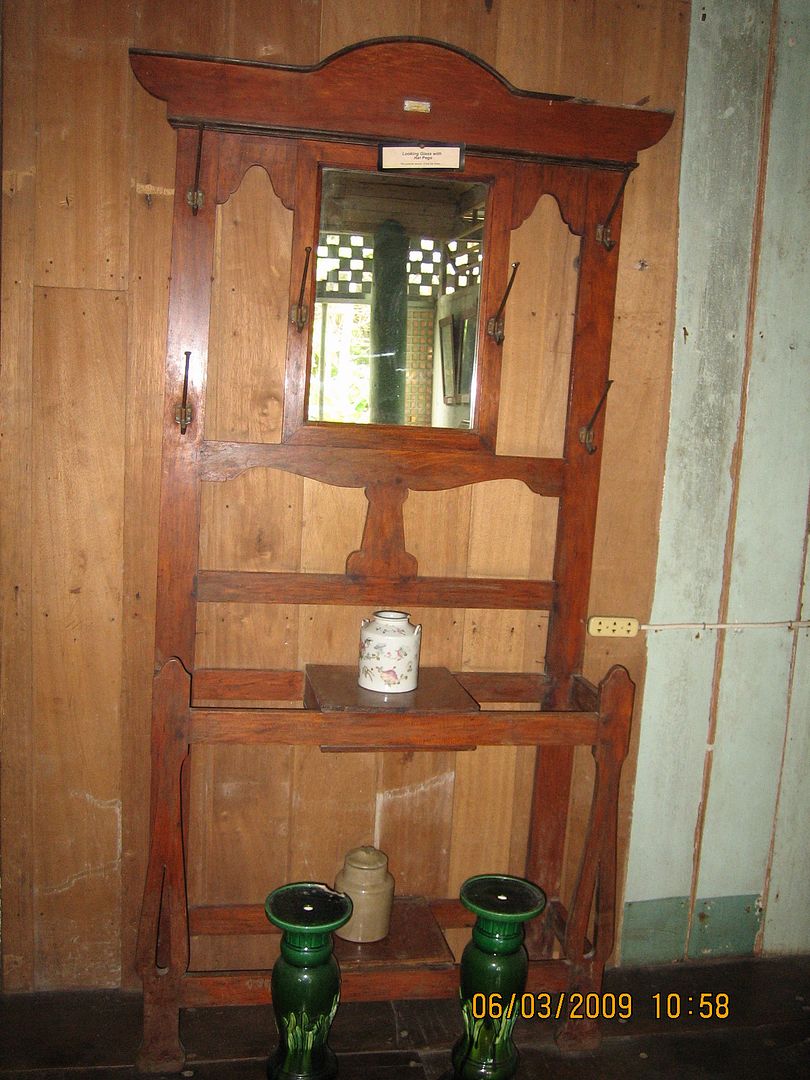
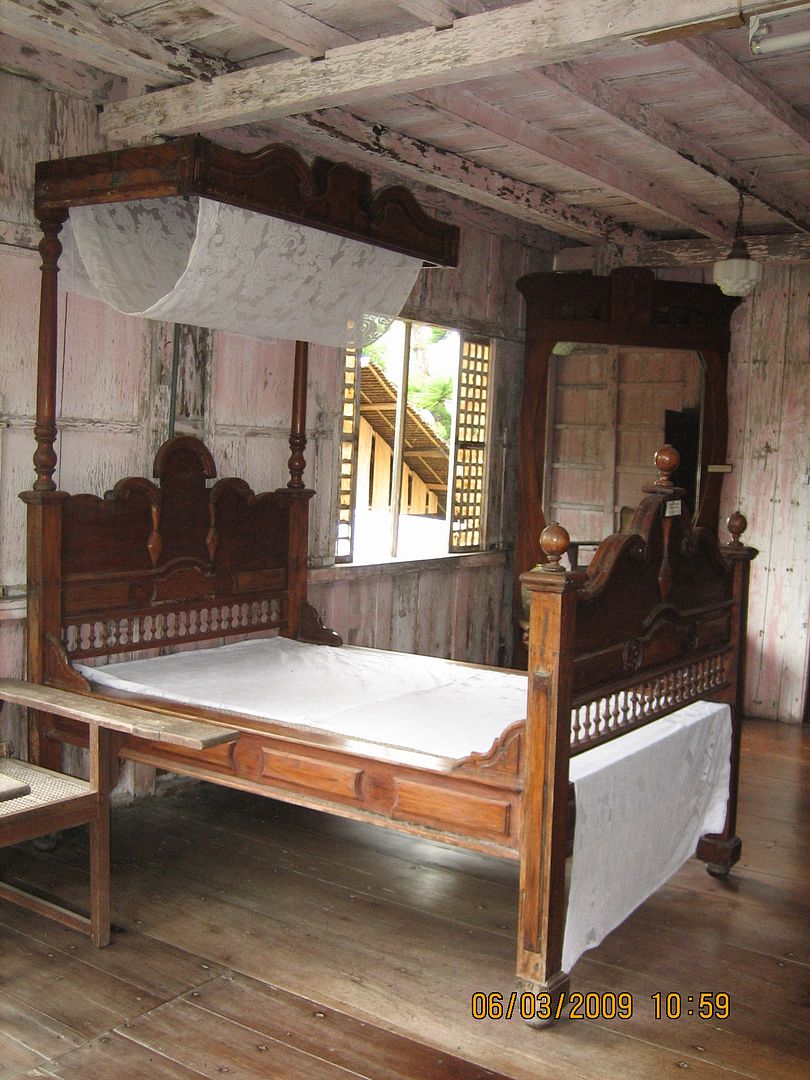

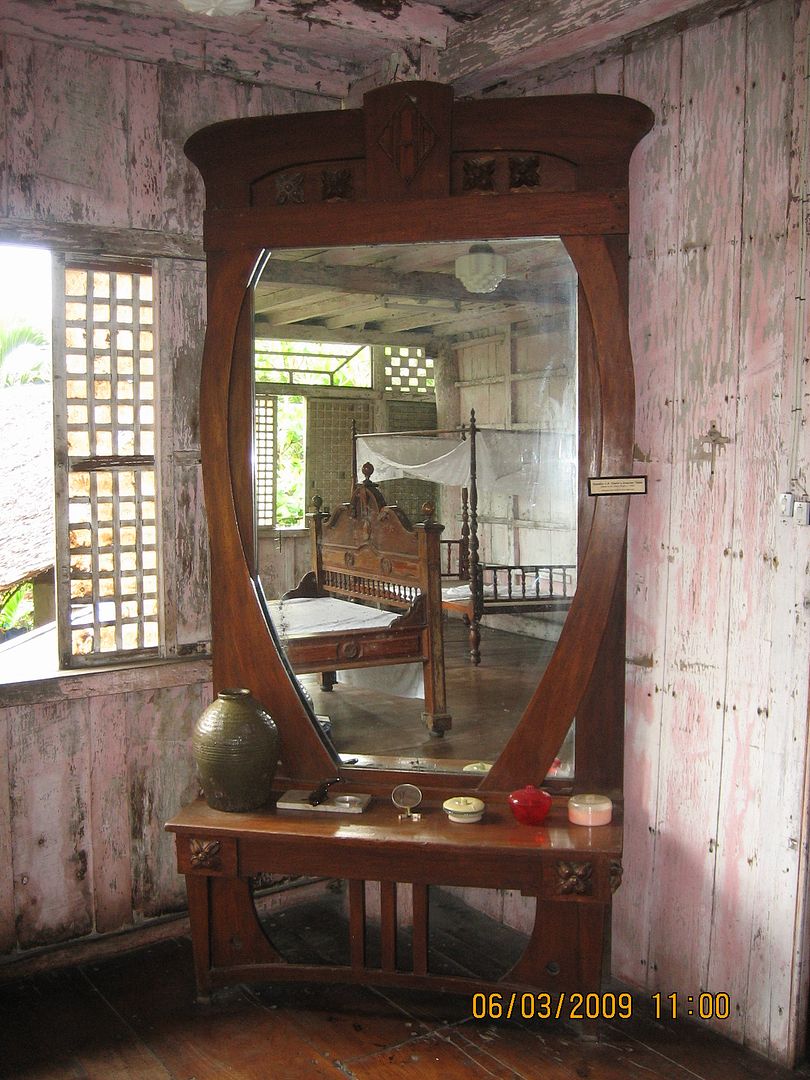
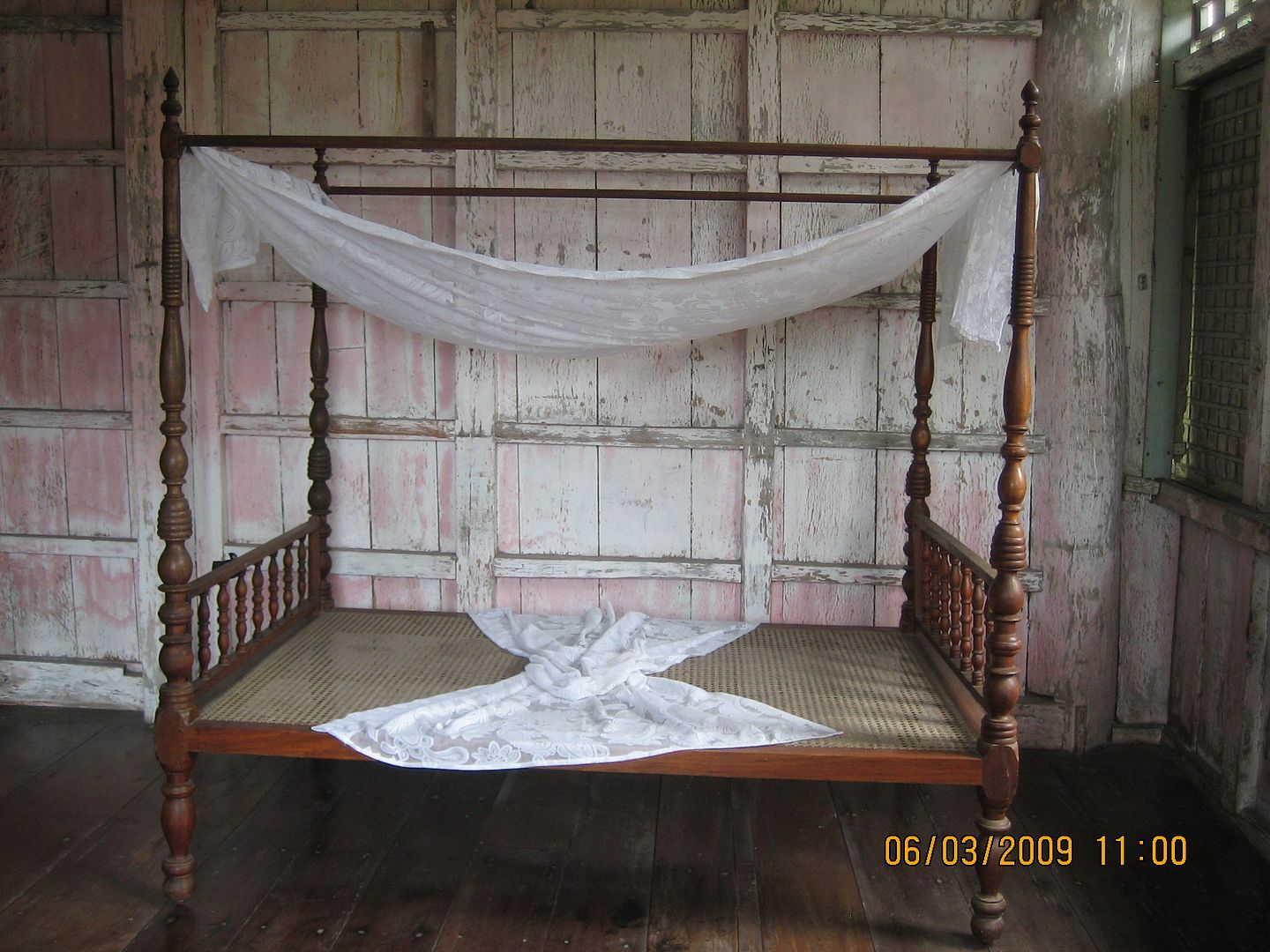
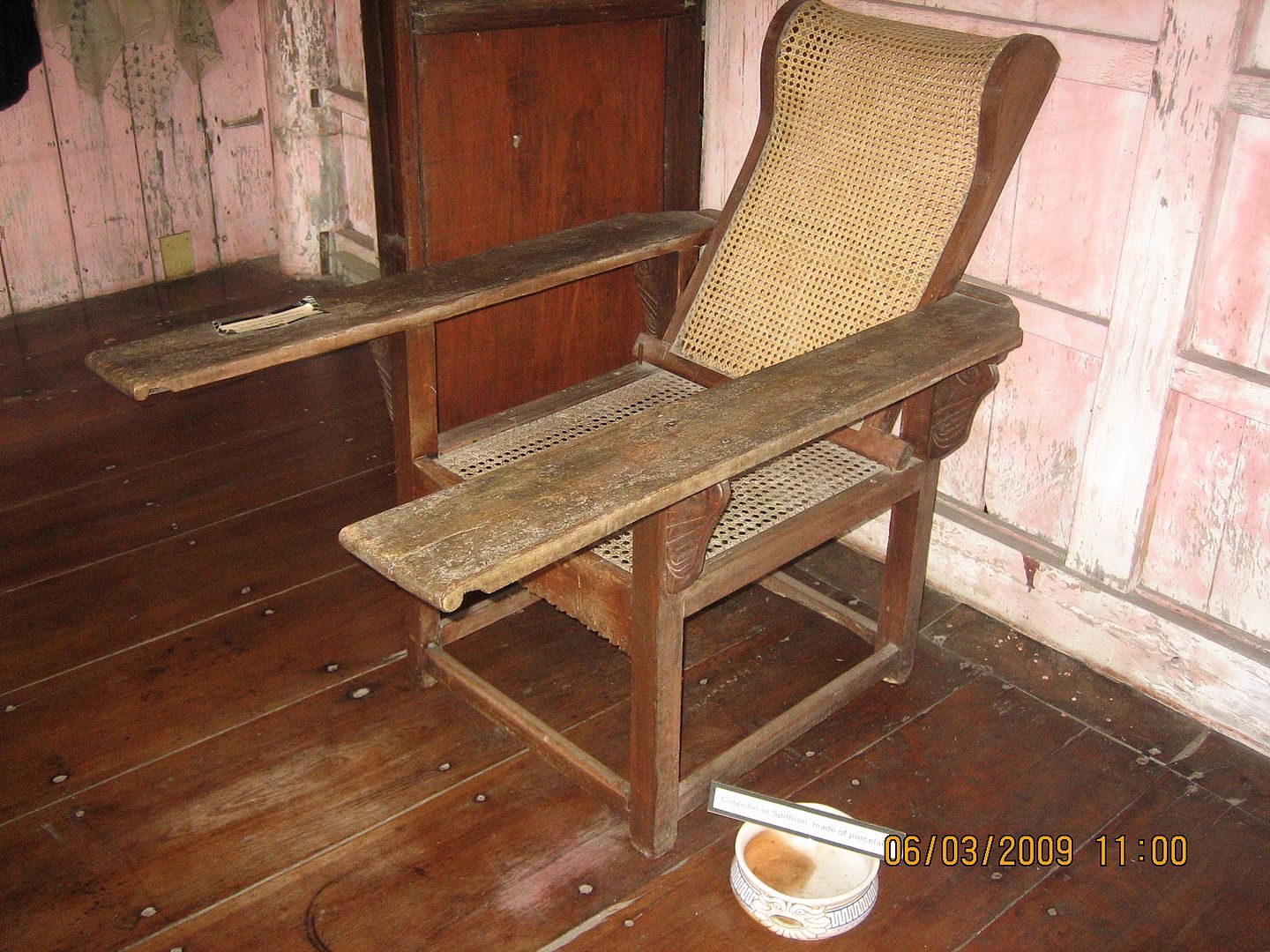
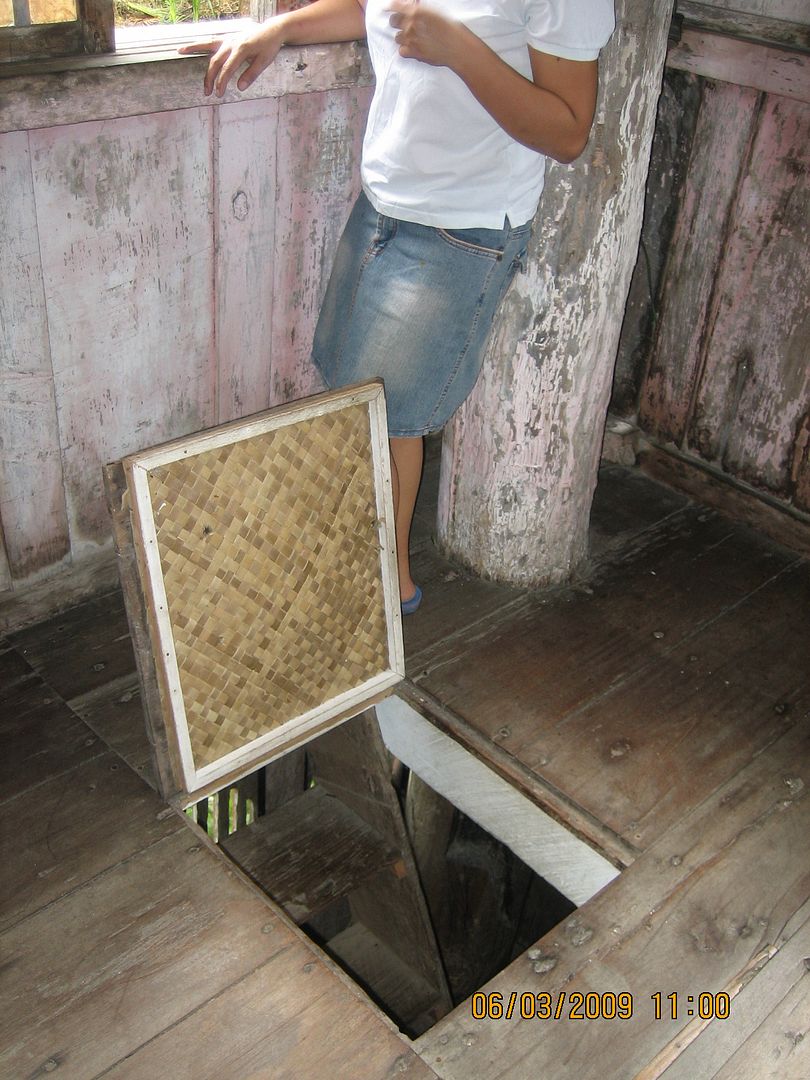
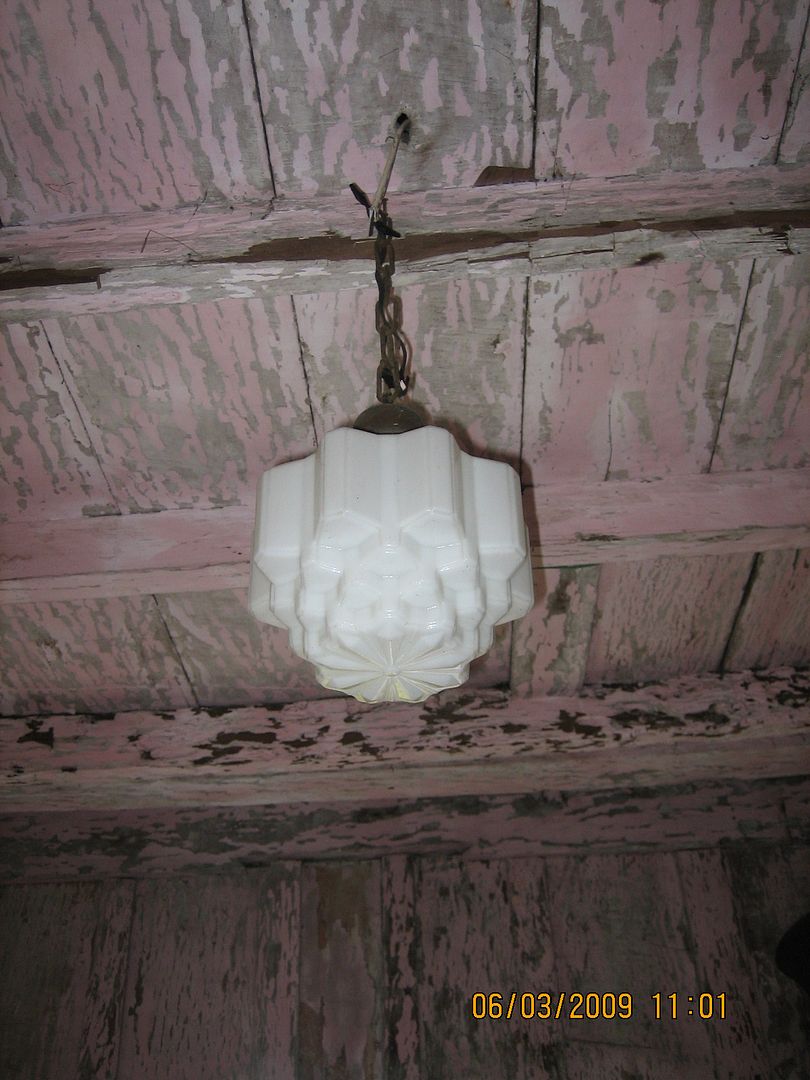
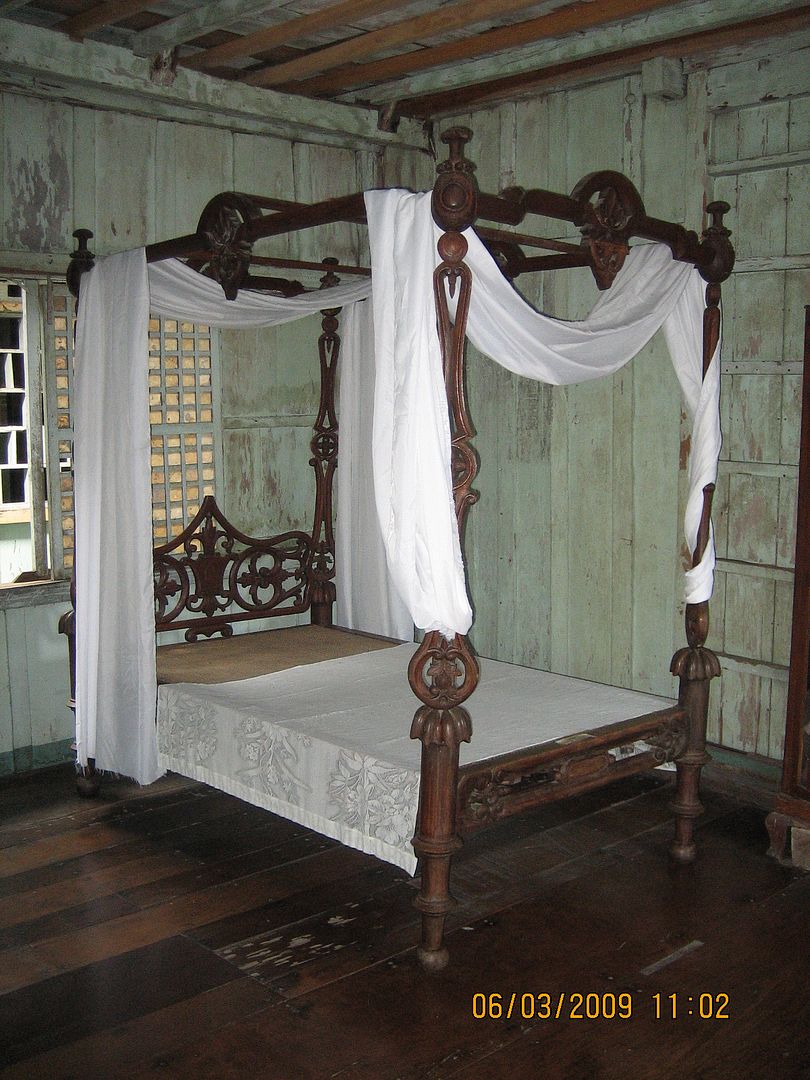


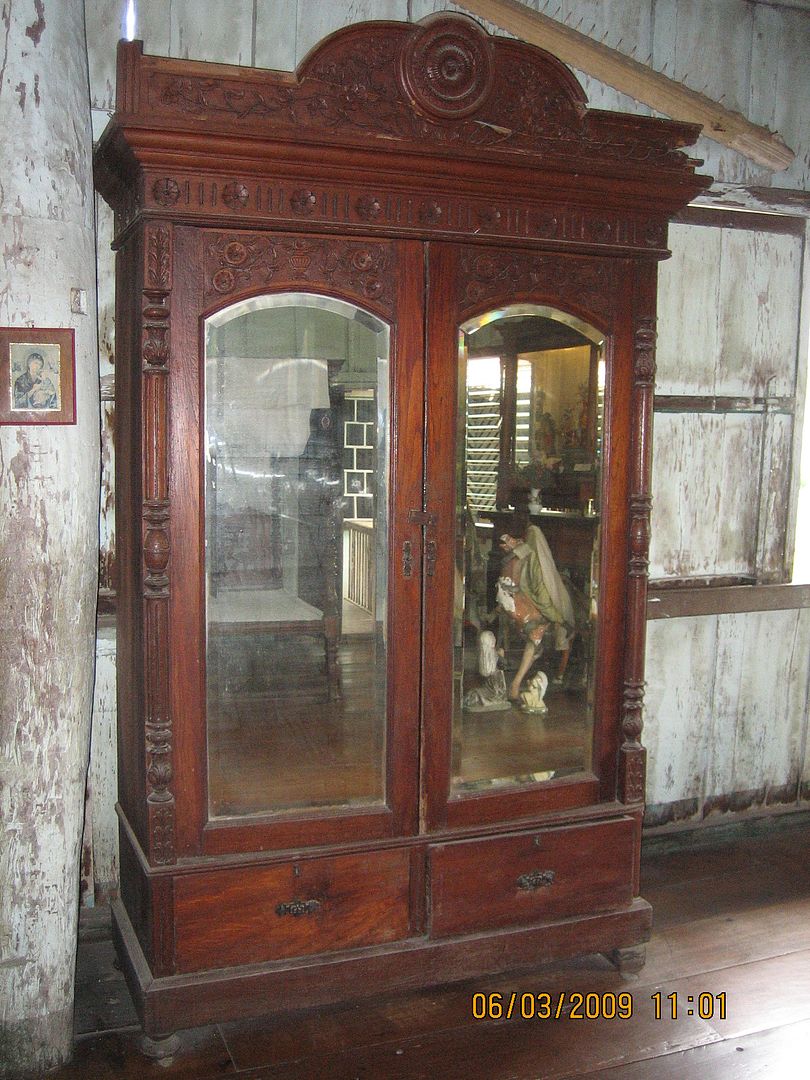
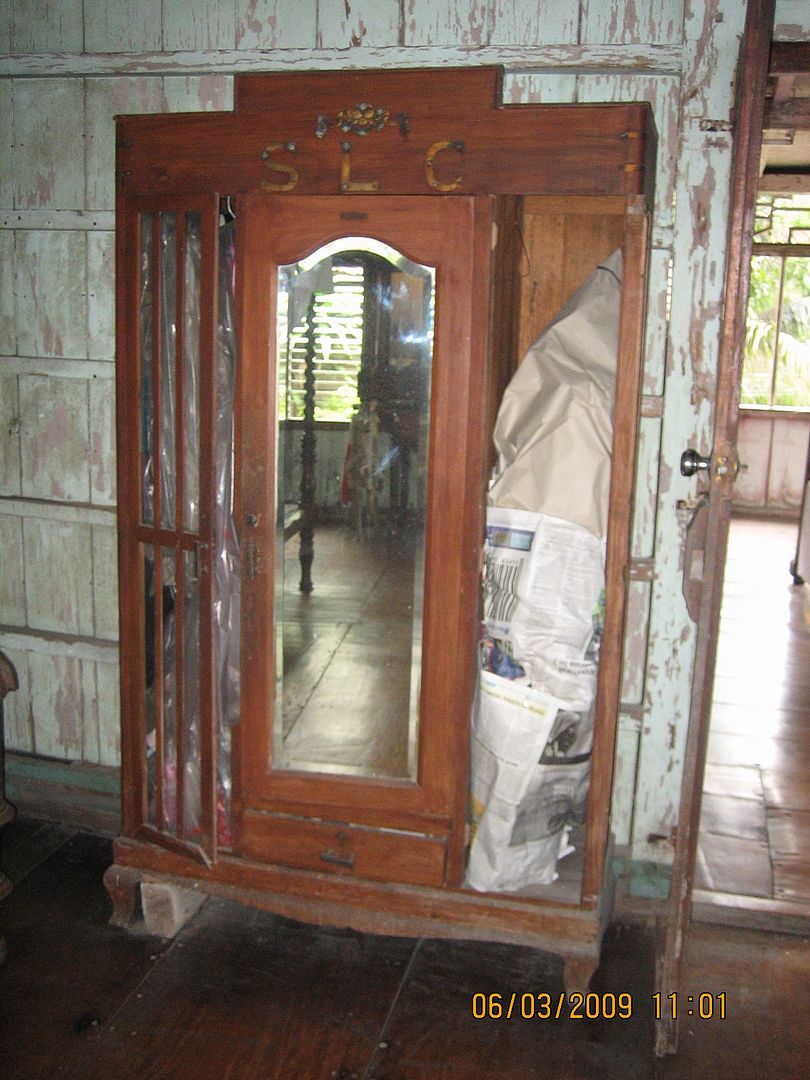
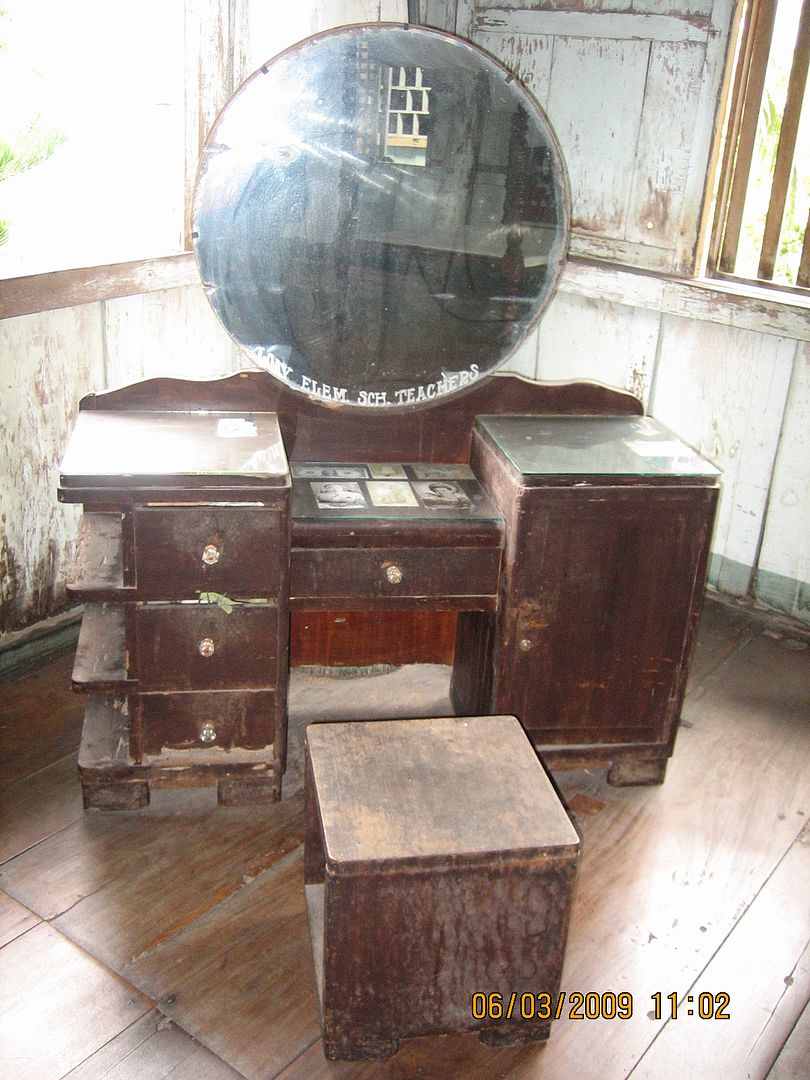
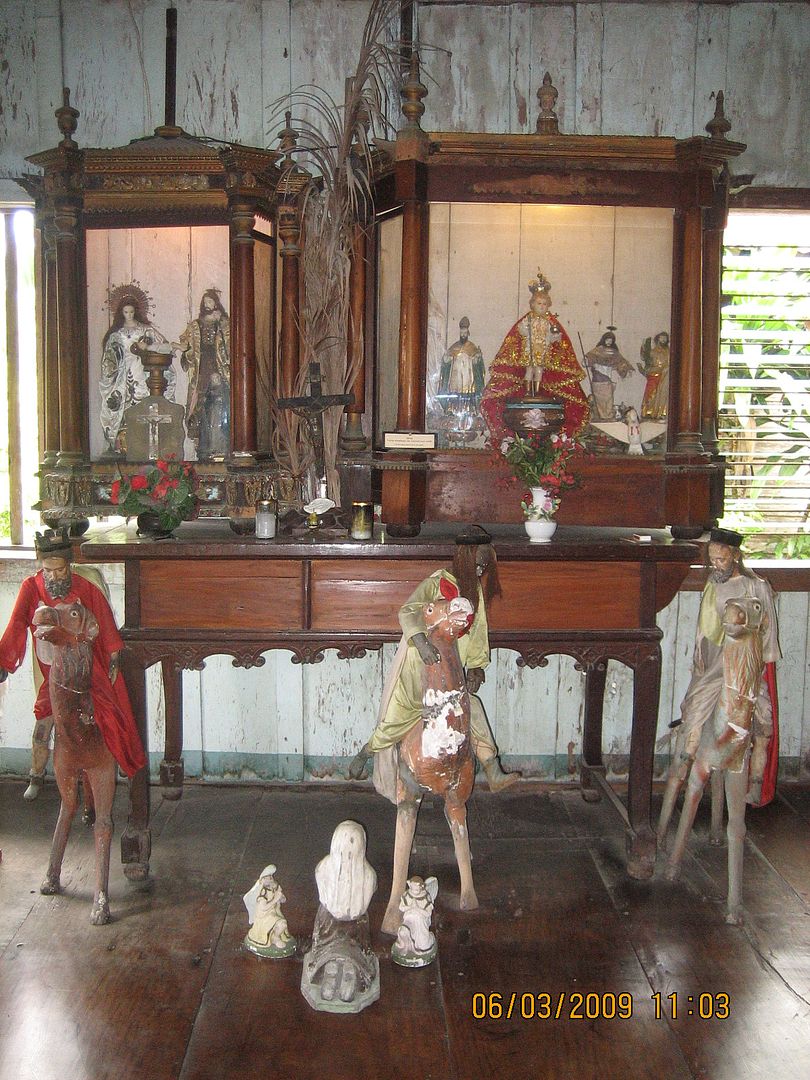

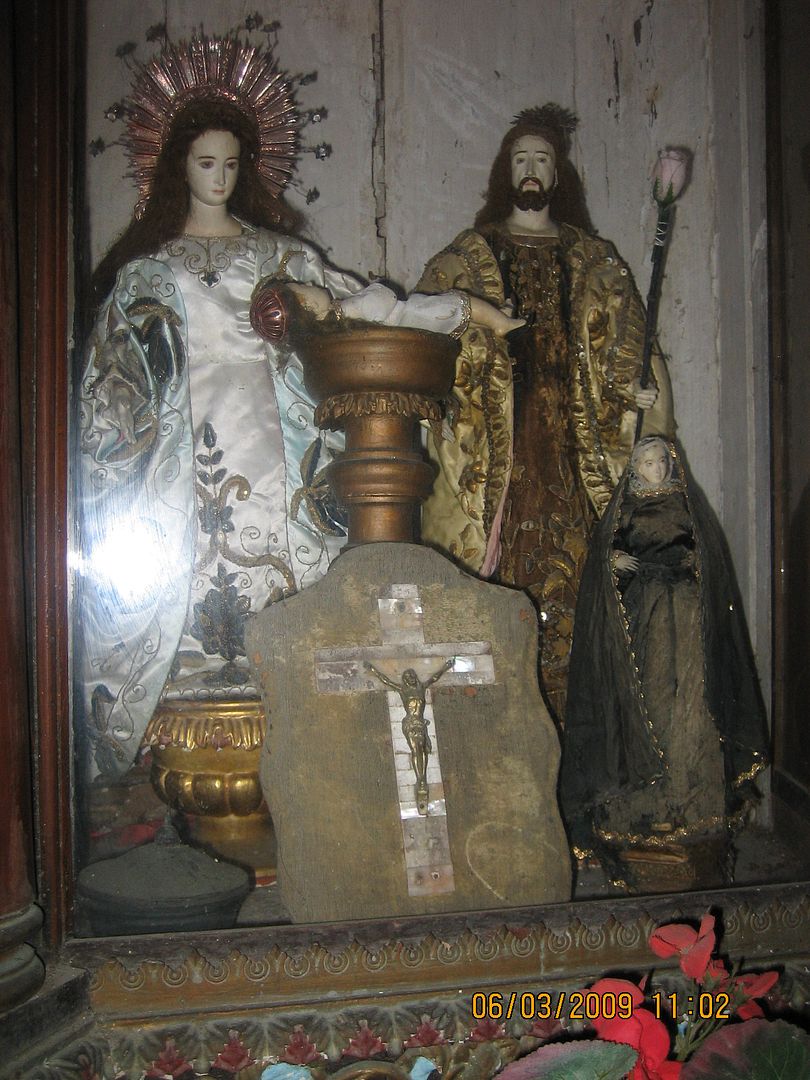

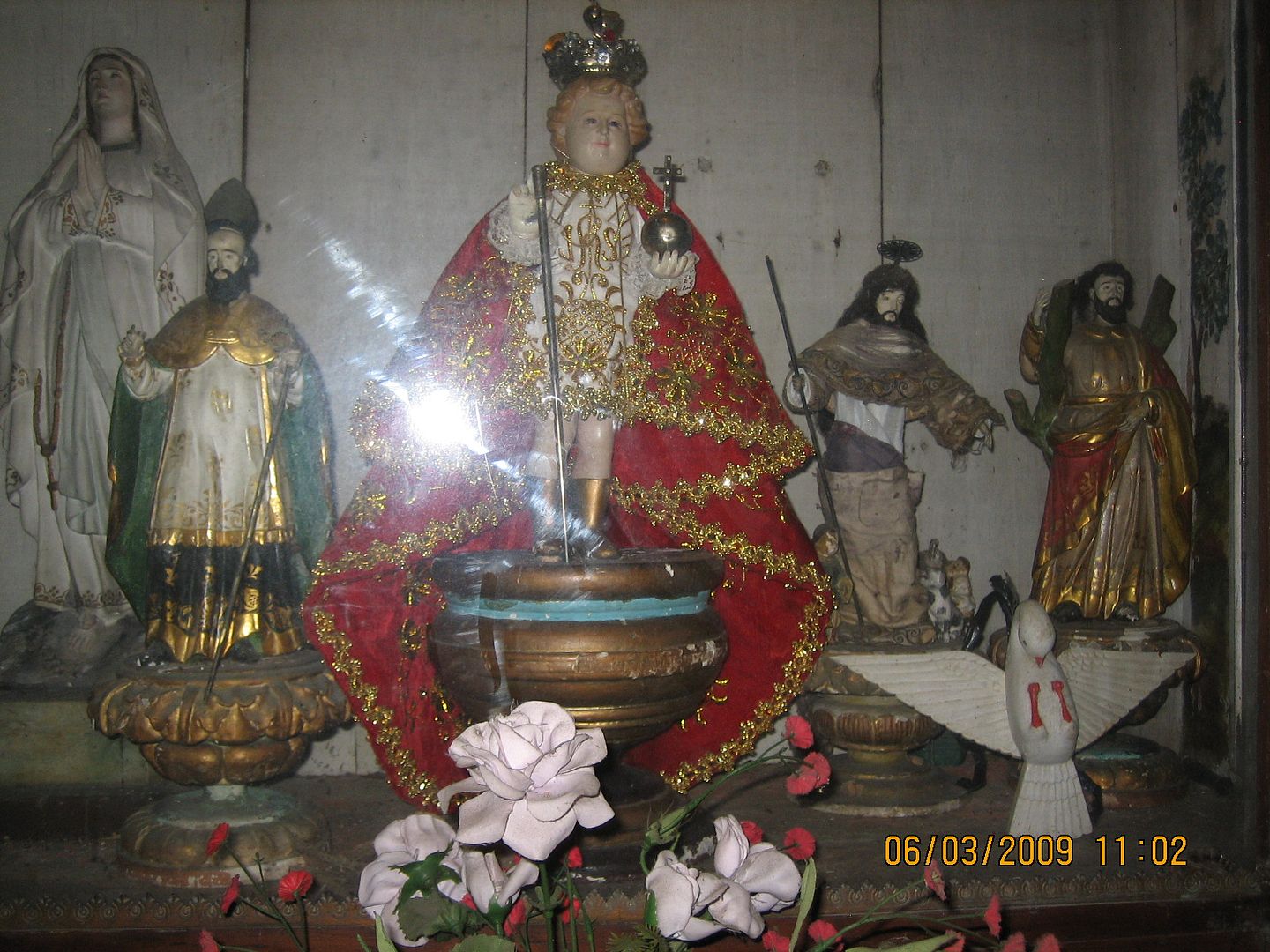
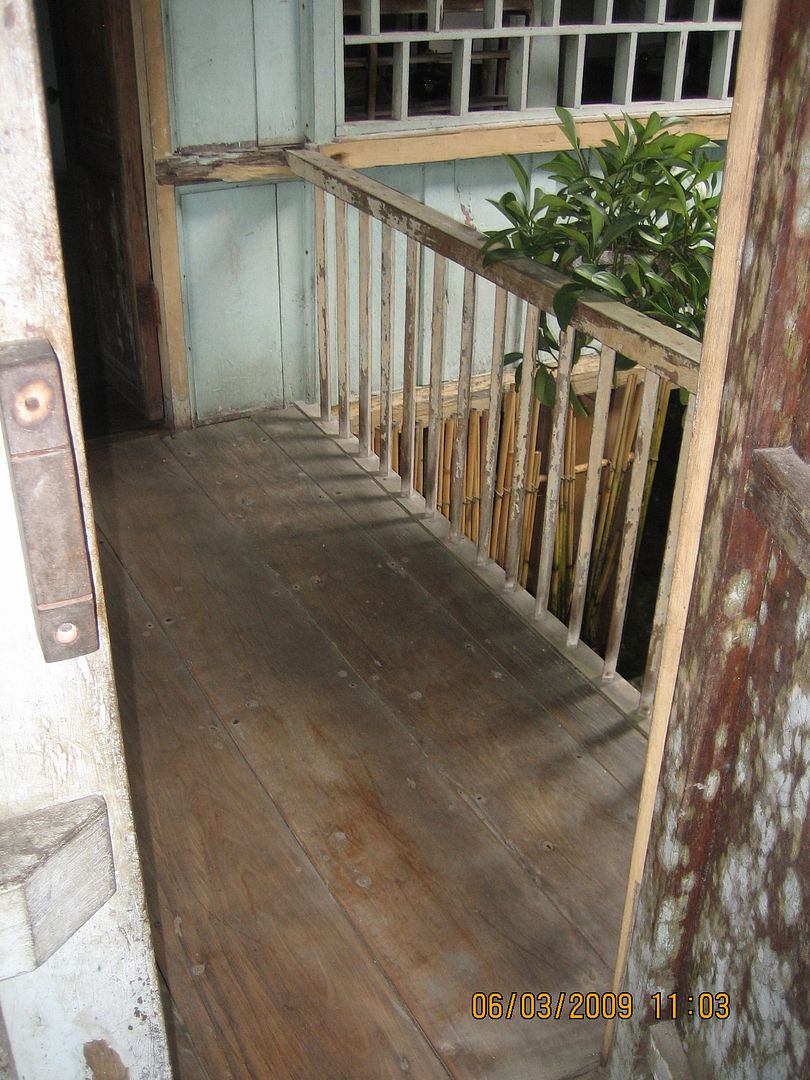
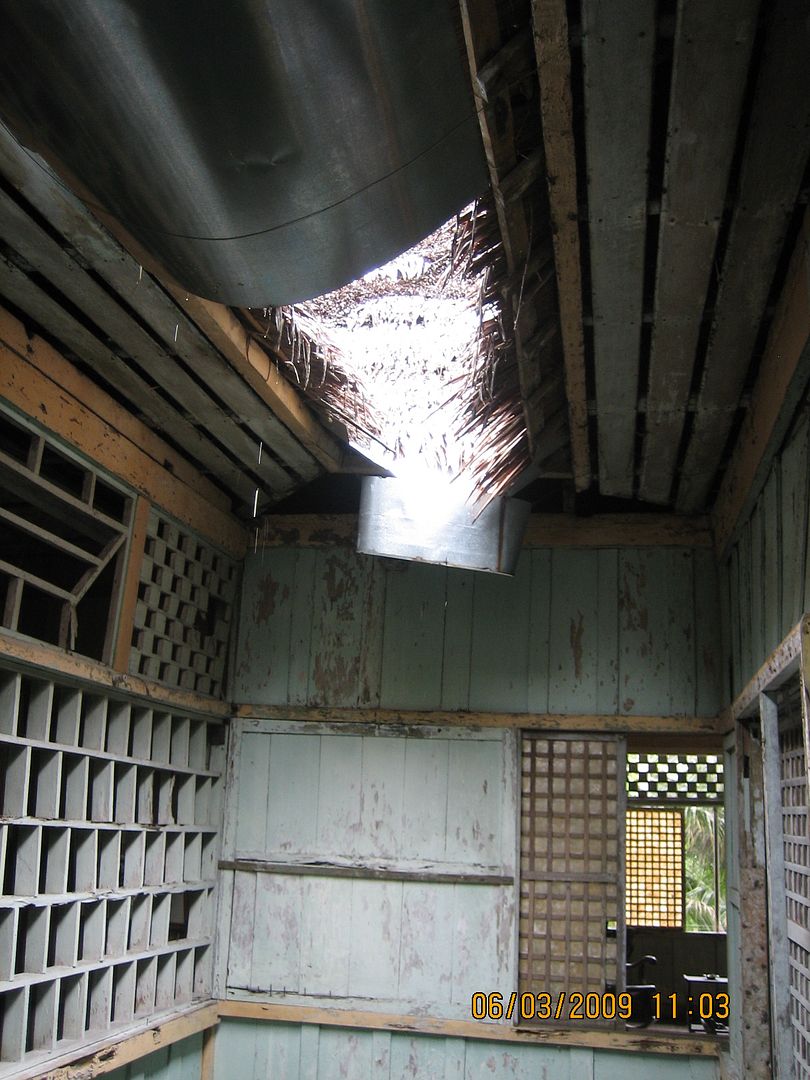
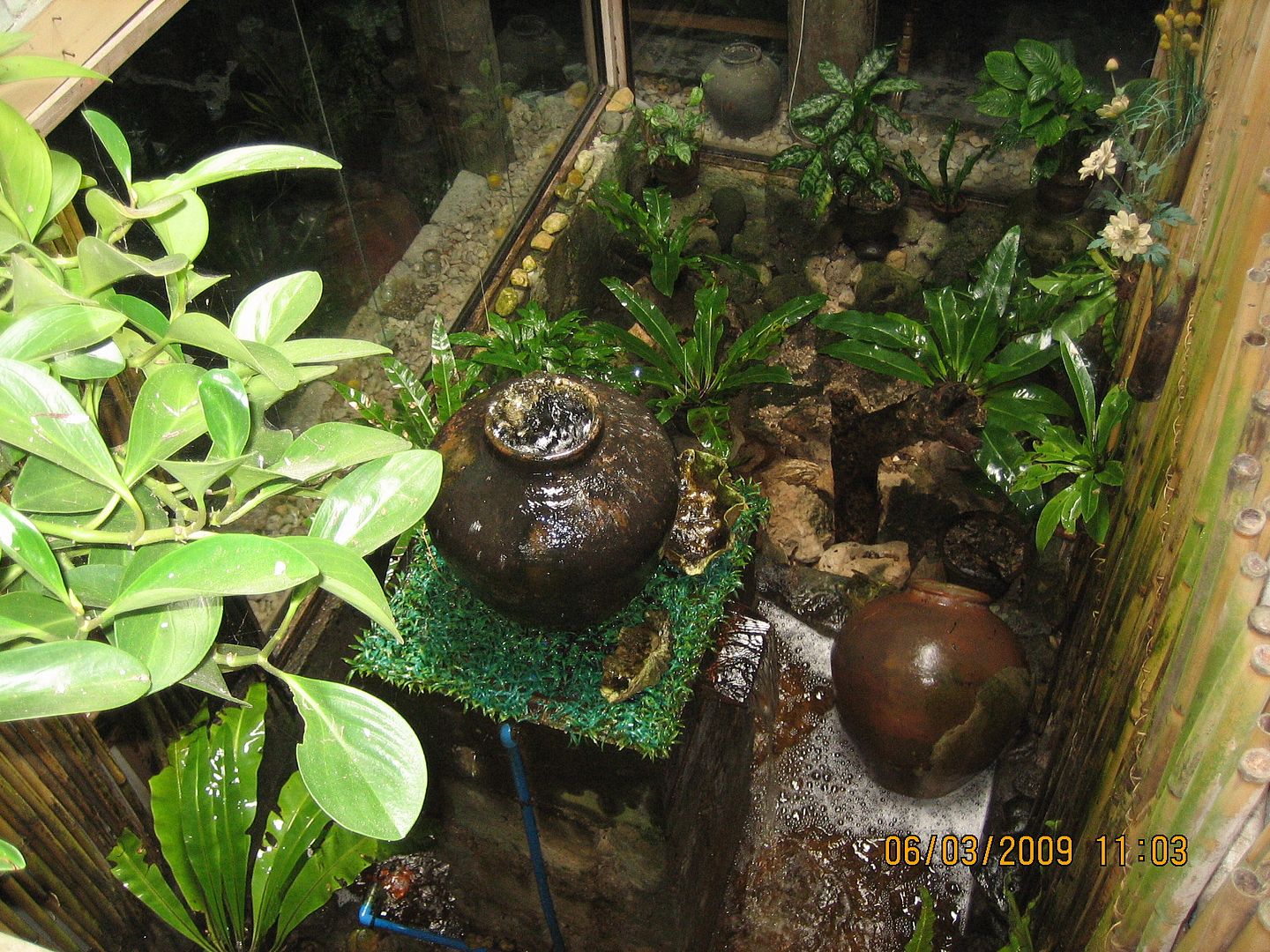
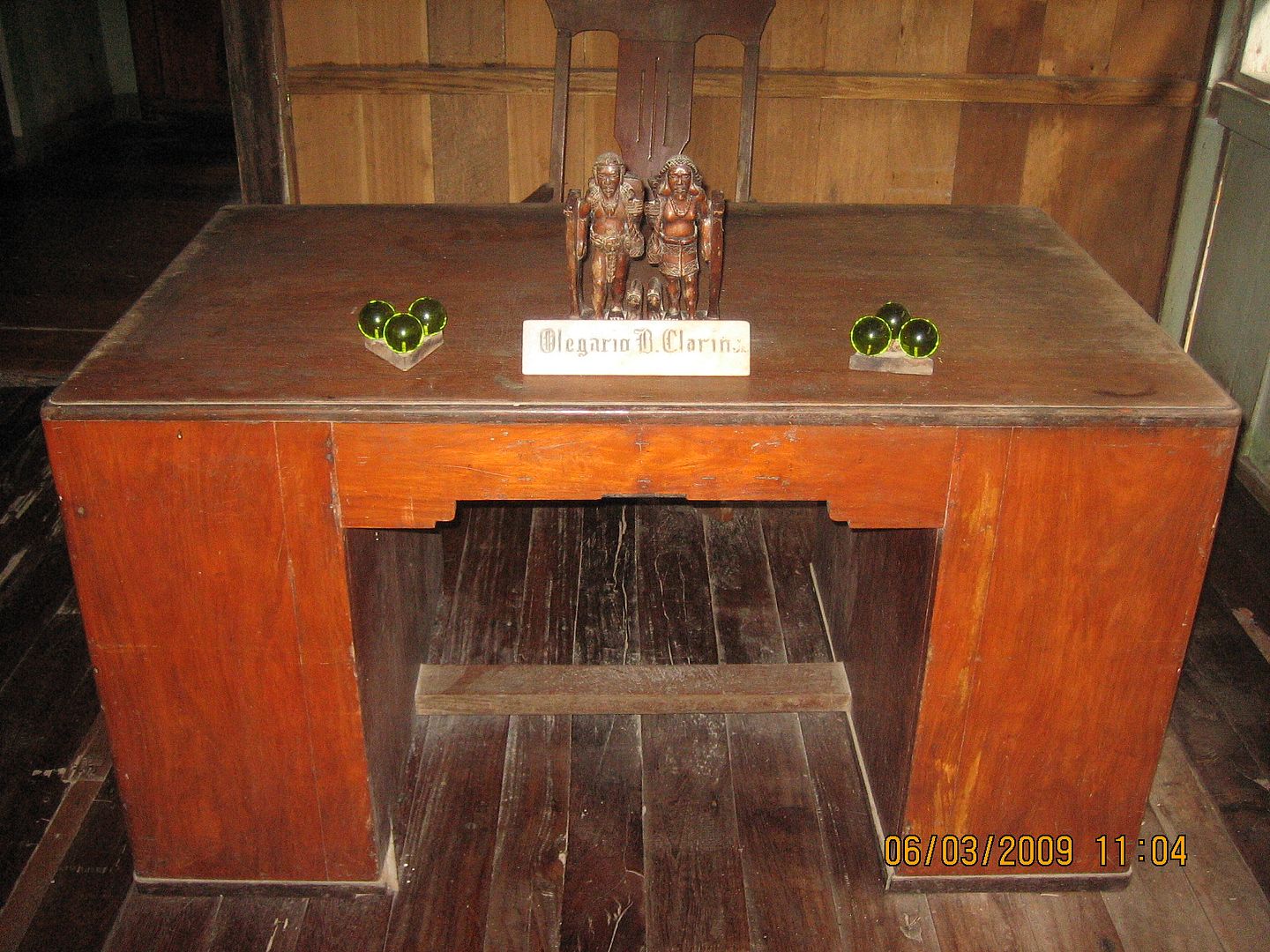
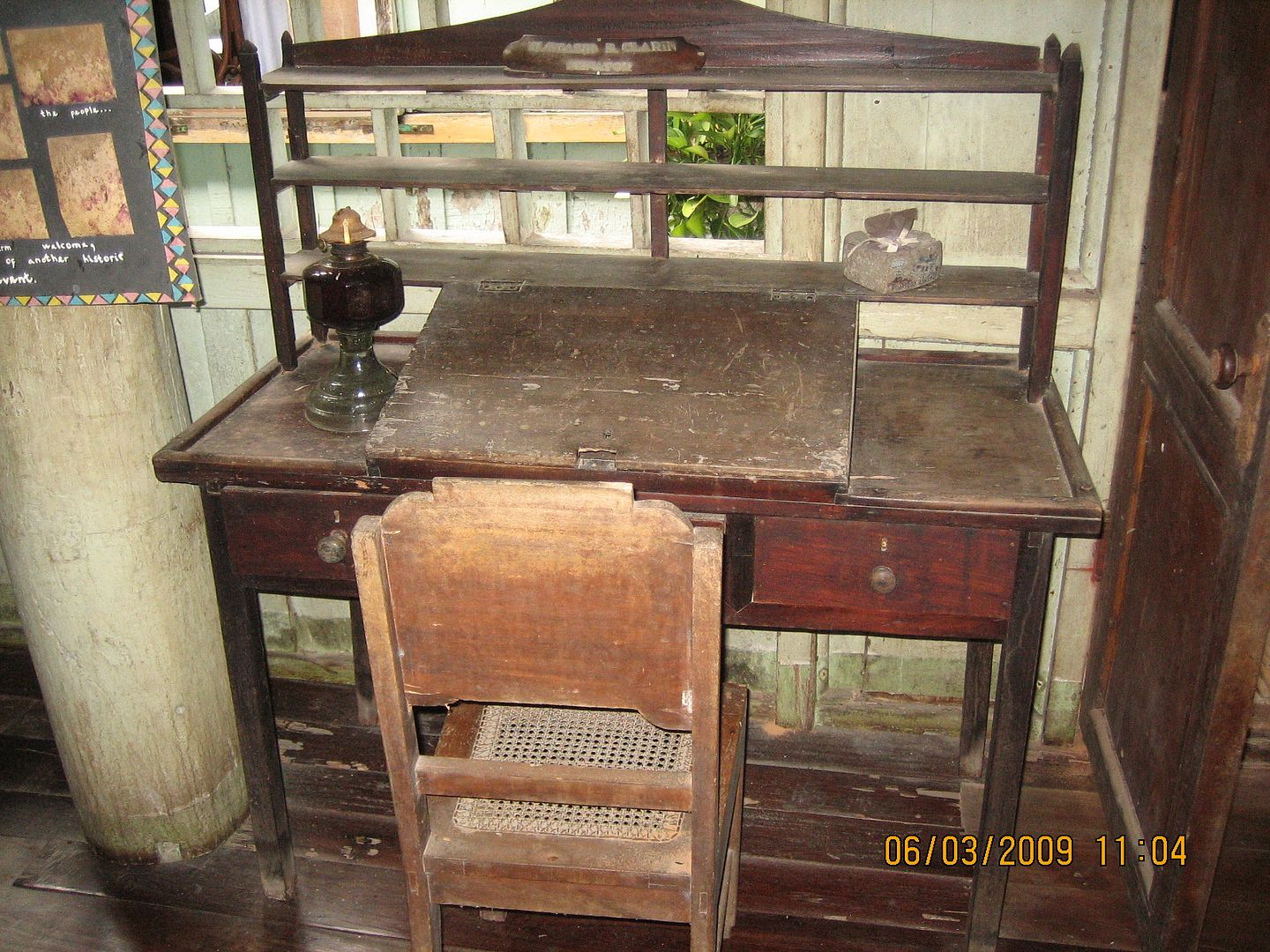
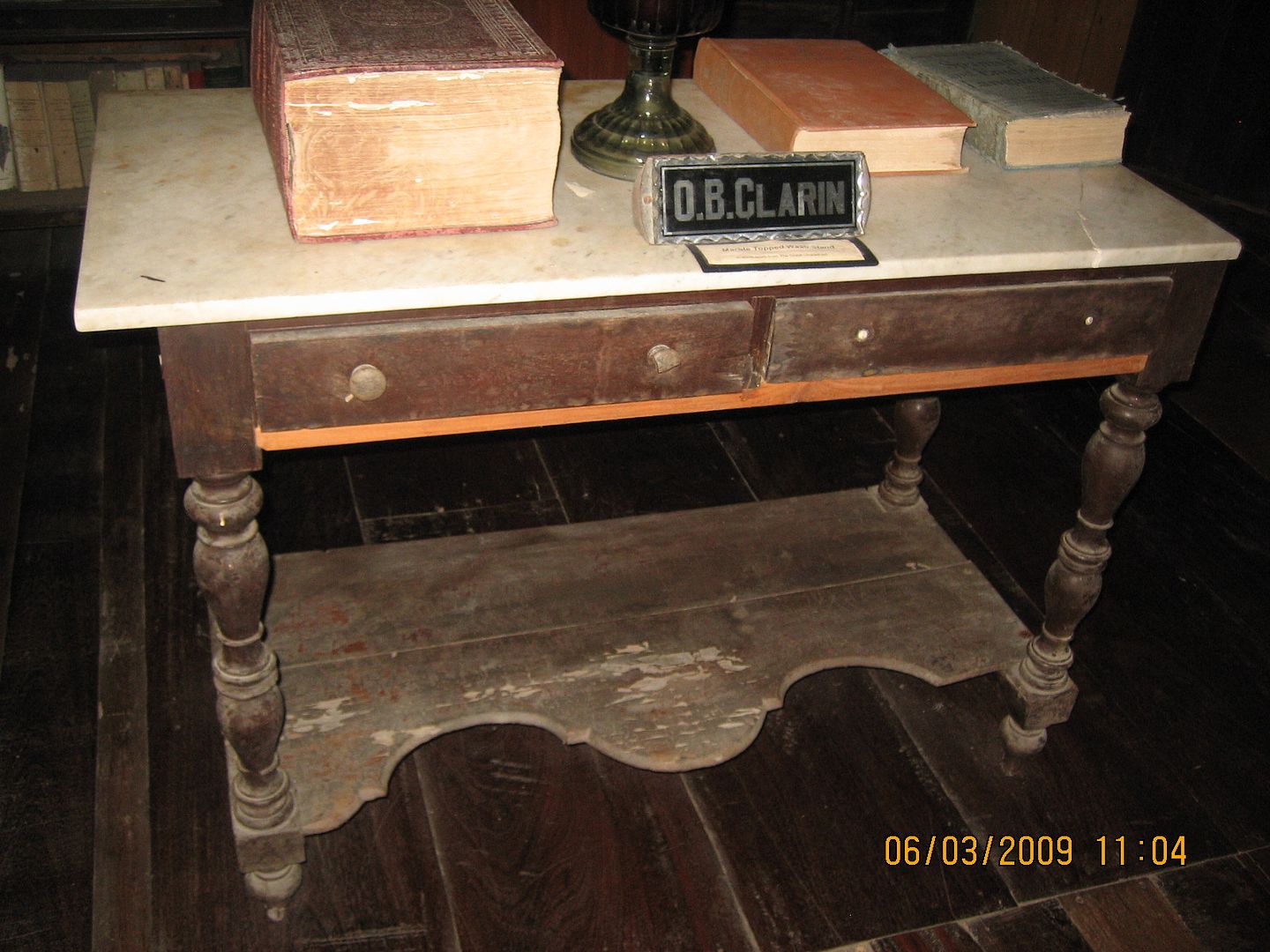
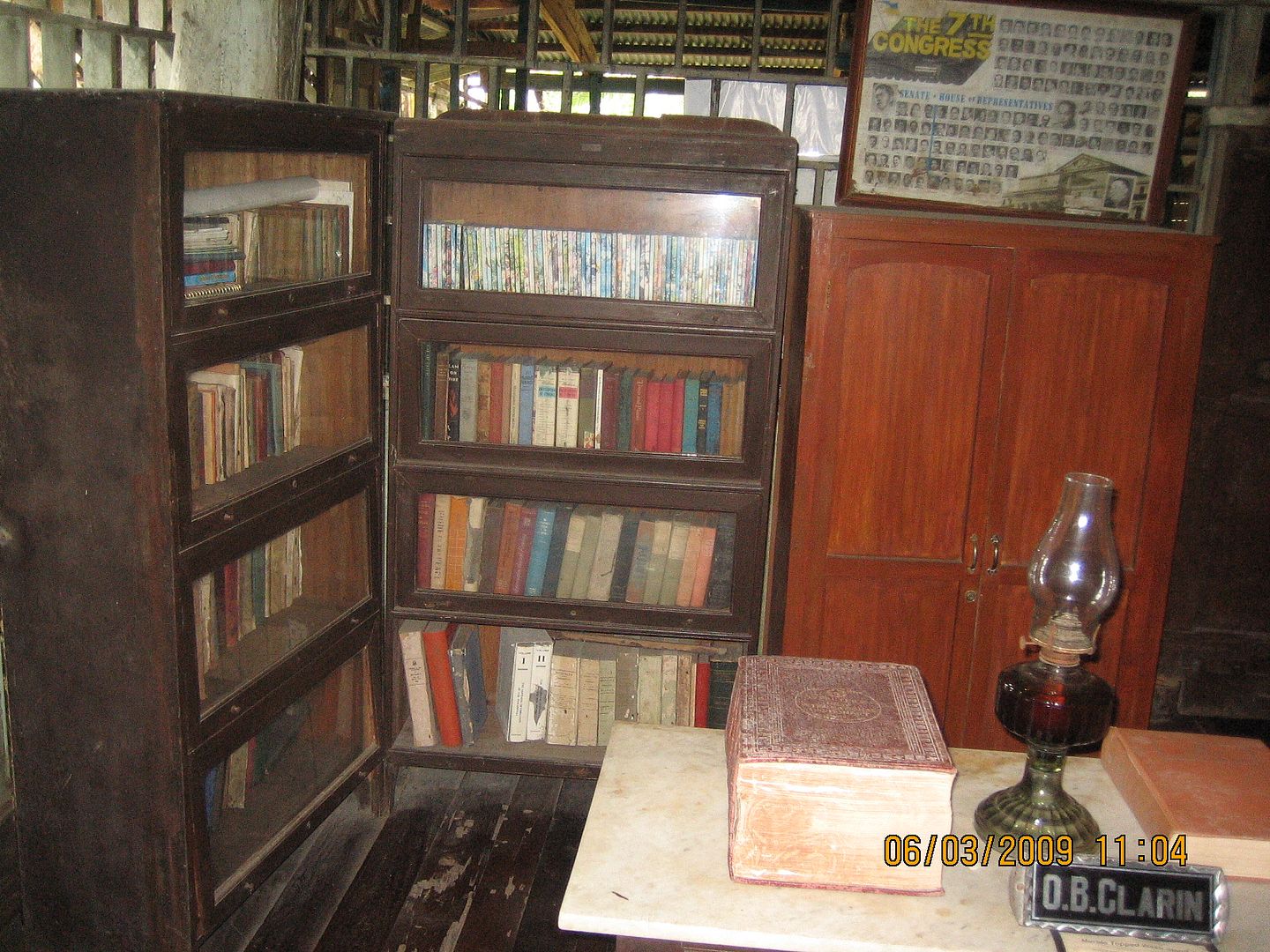

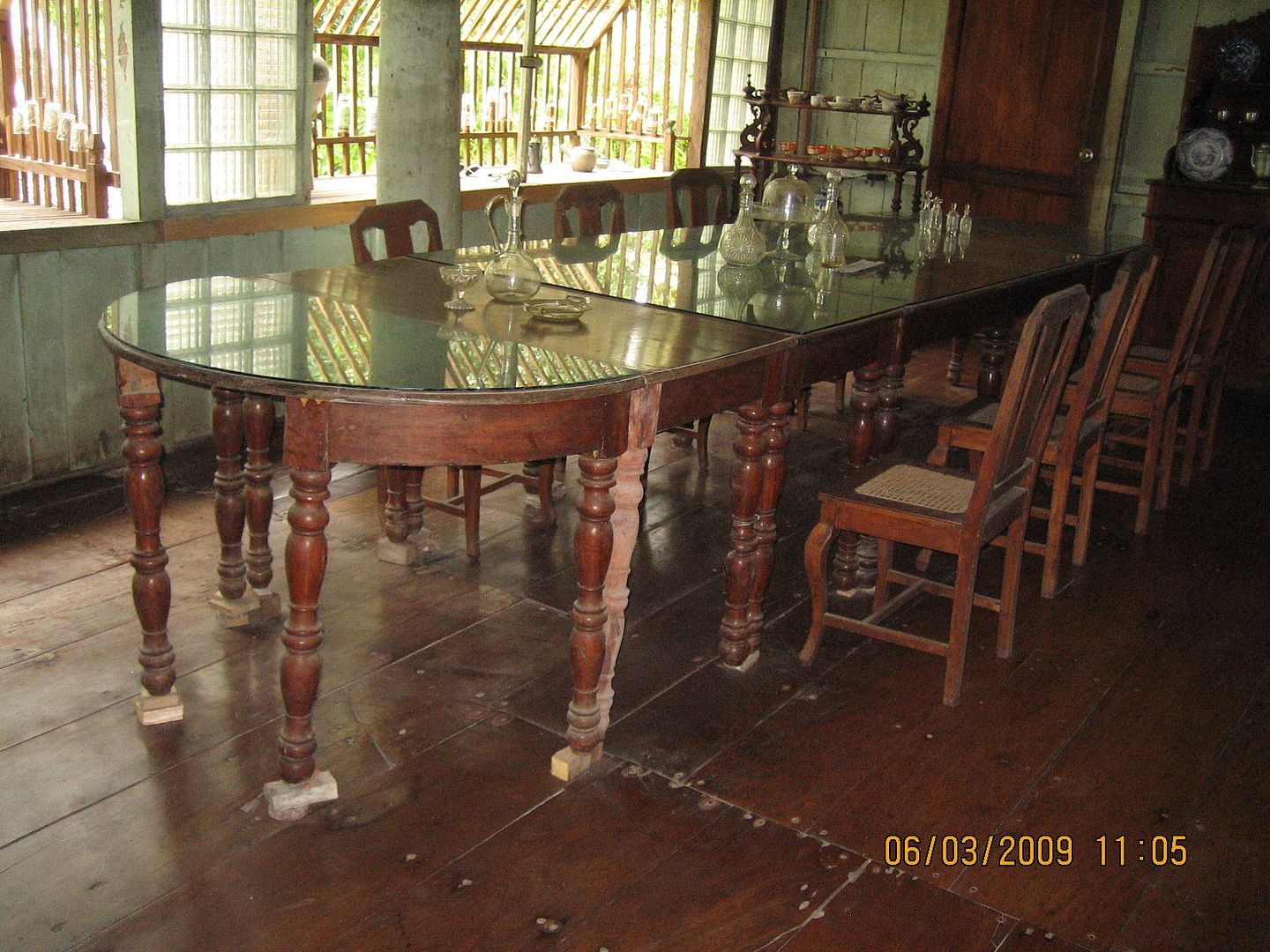
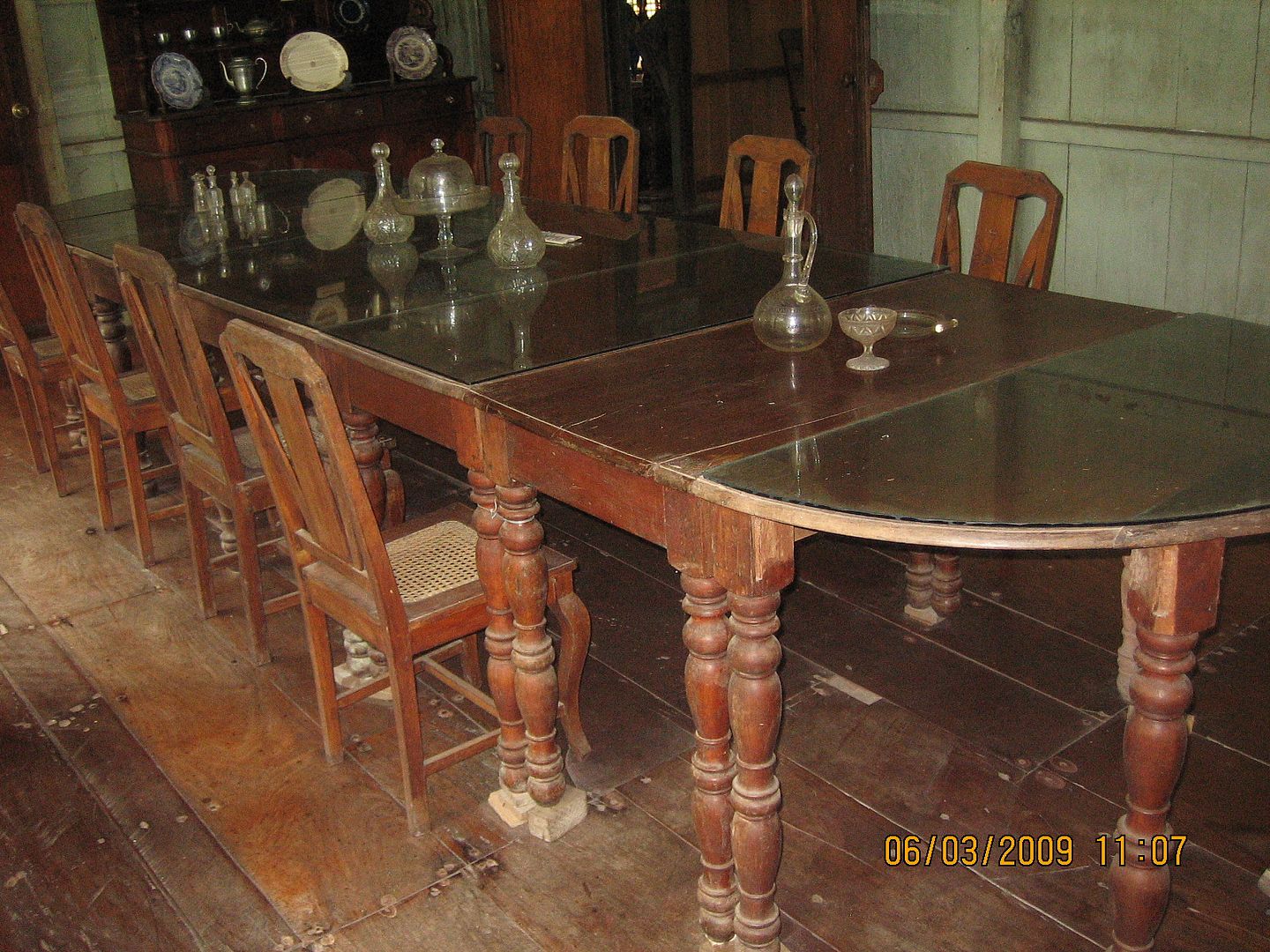

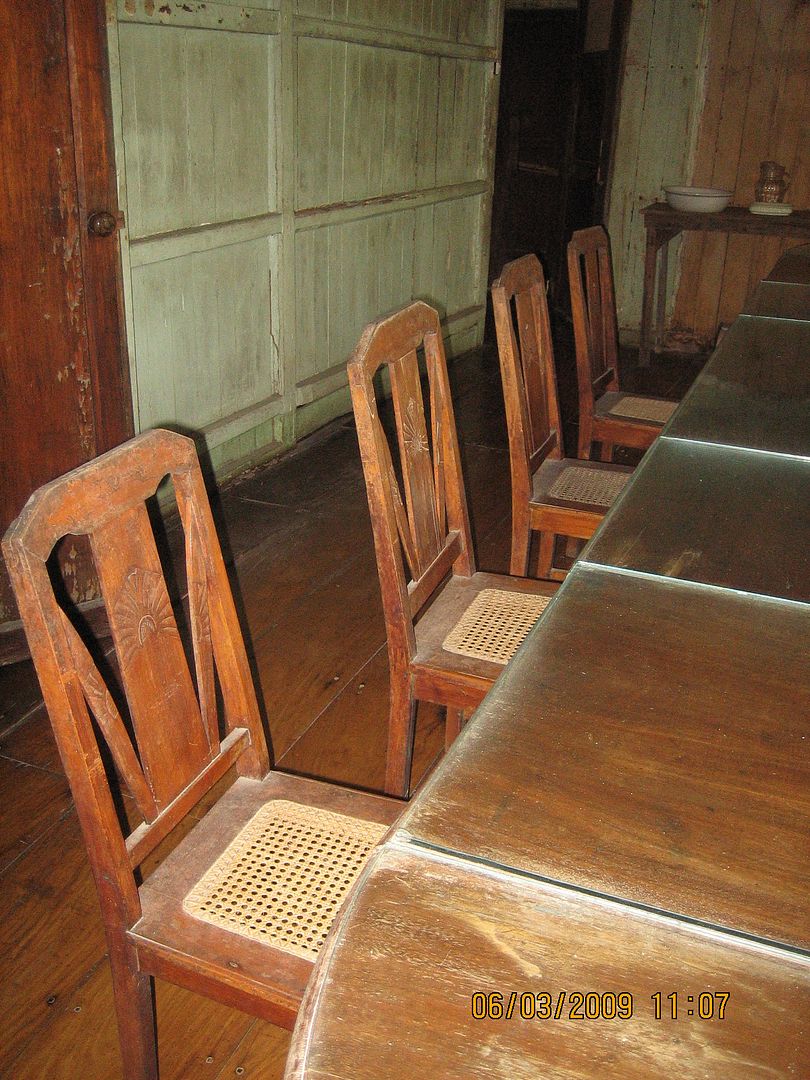
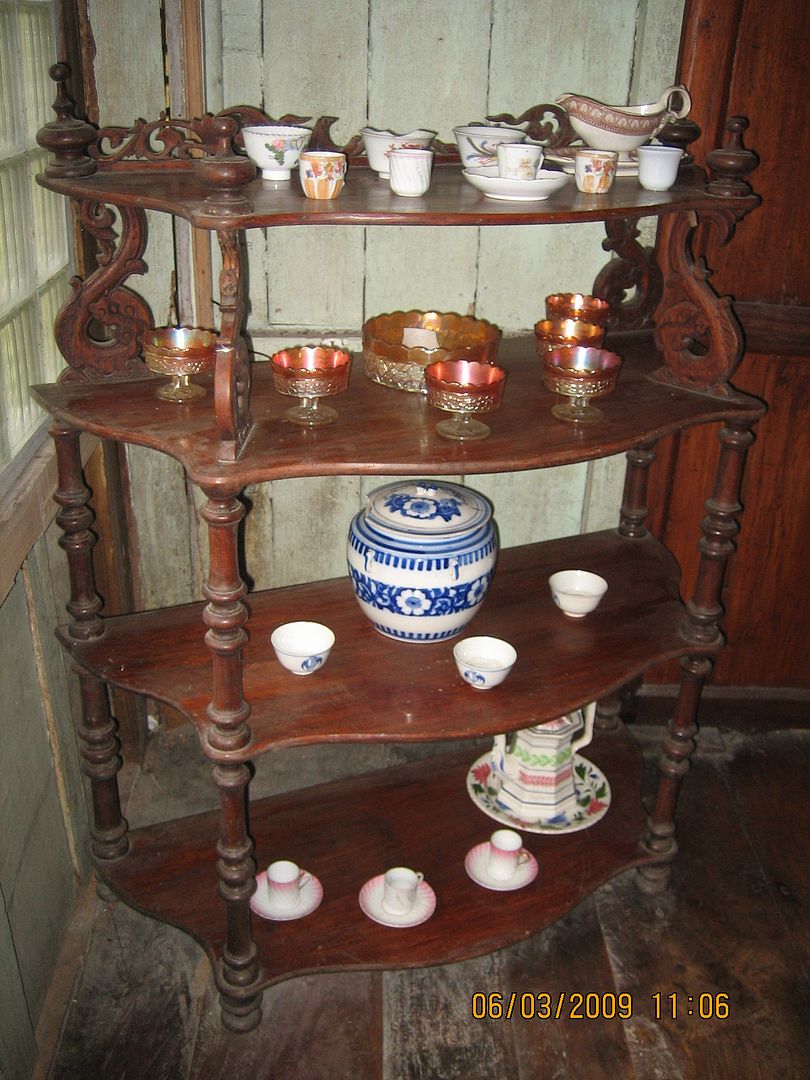
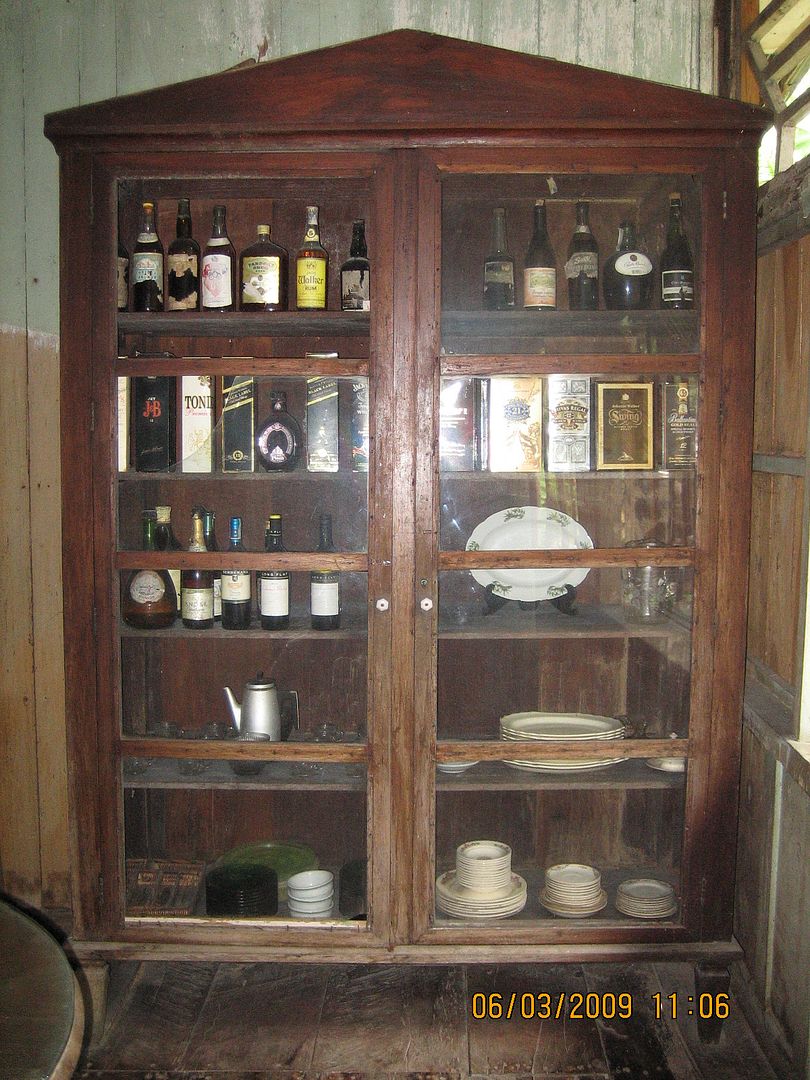

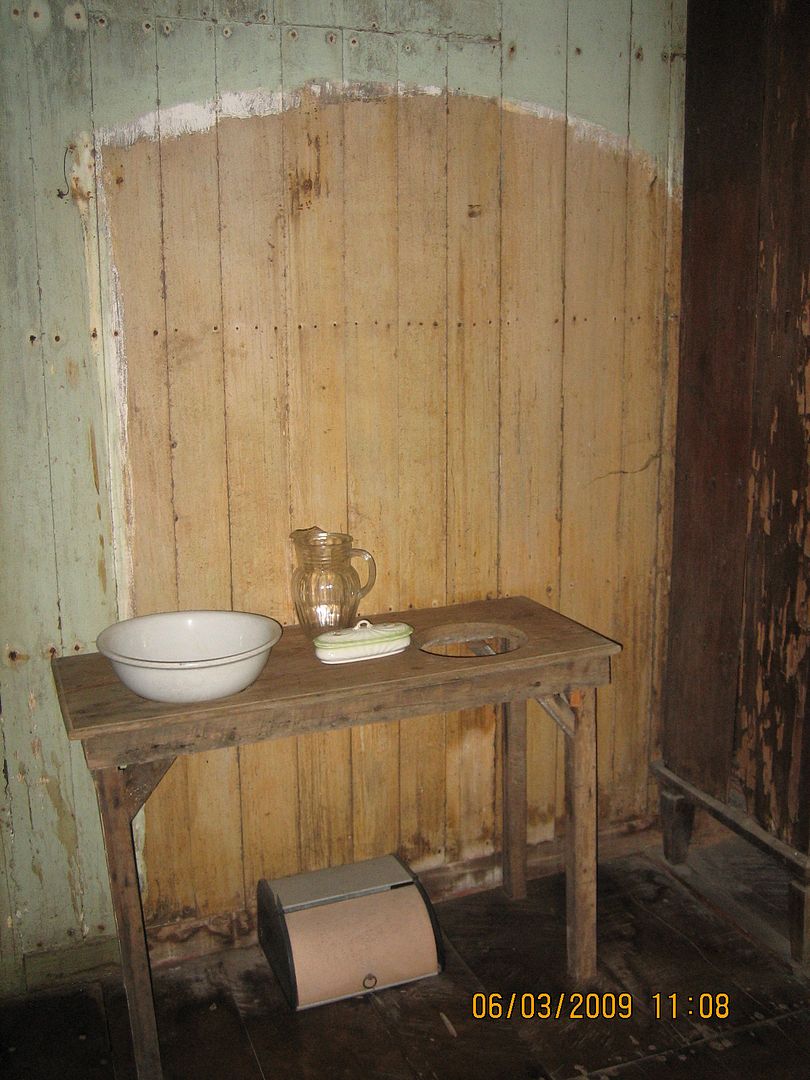



No comments:
Post a Comment